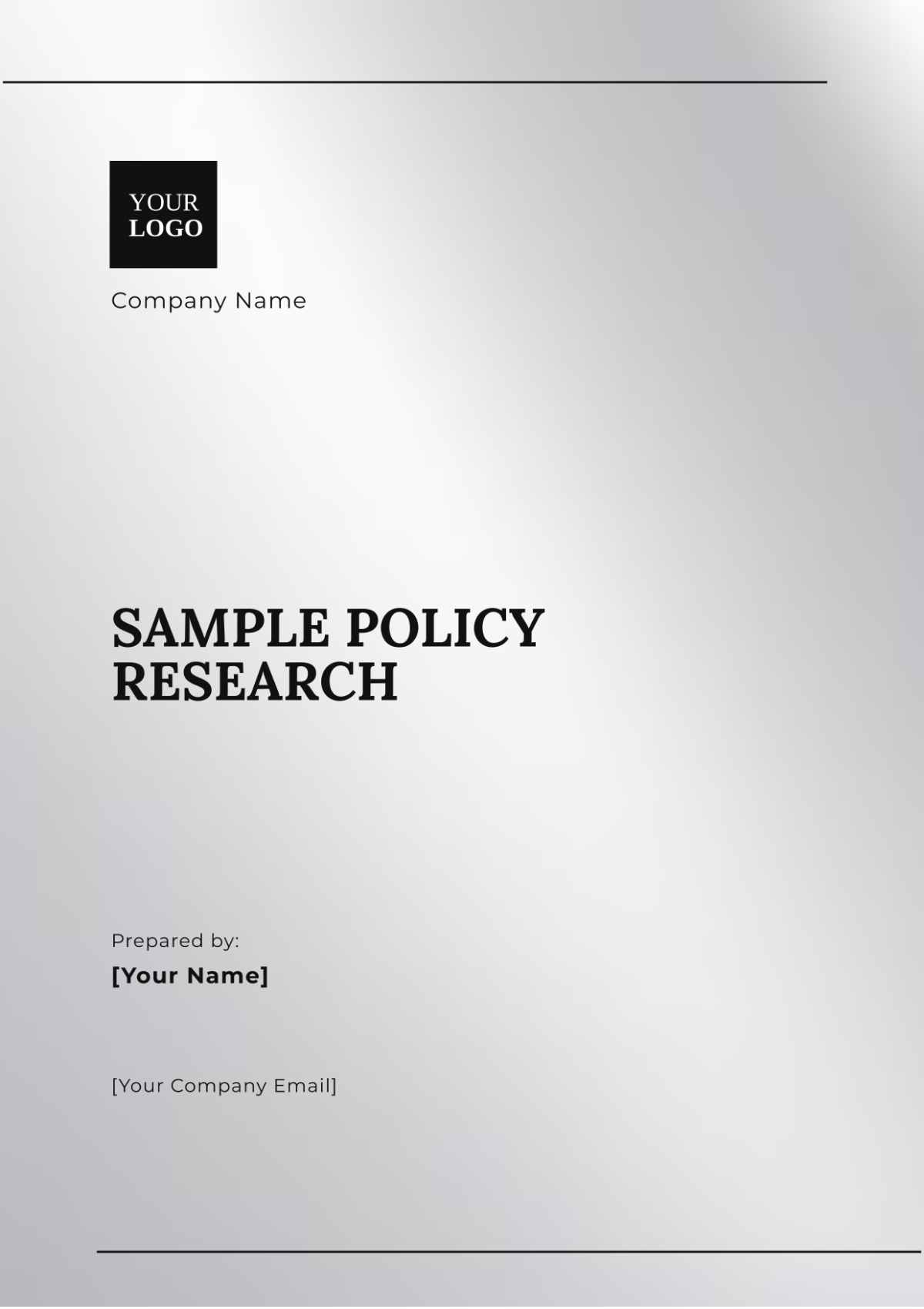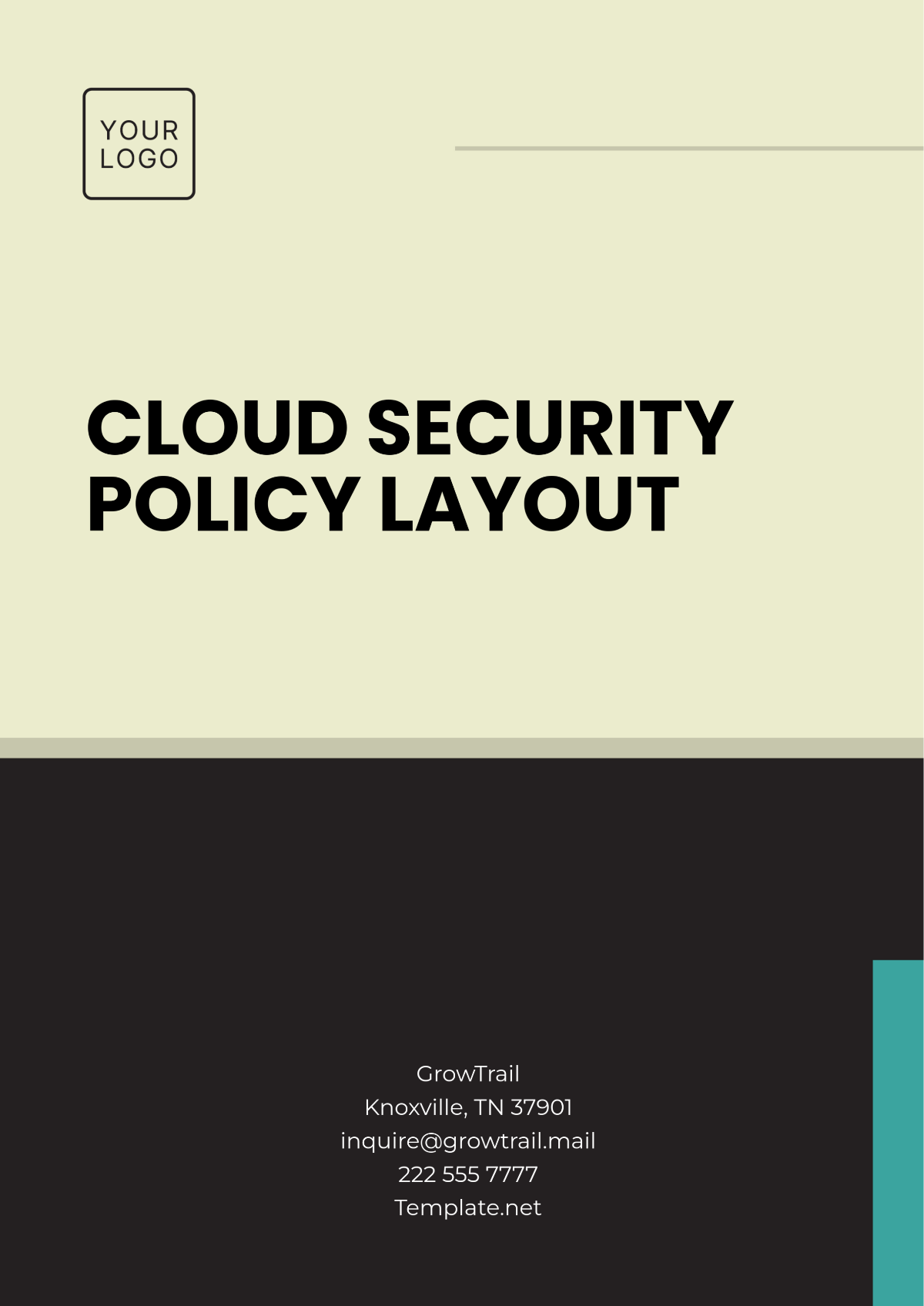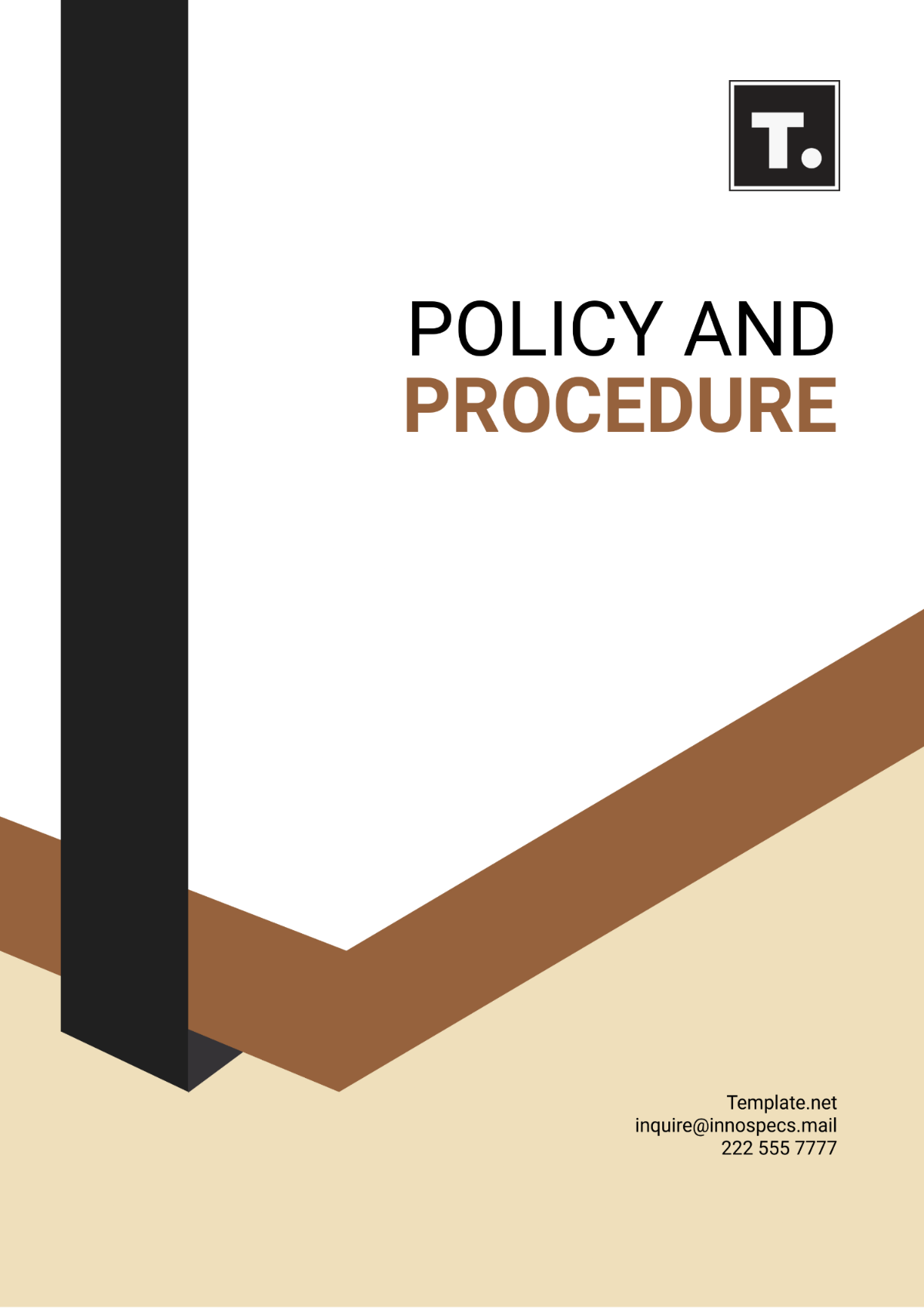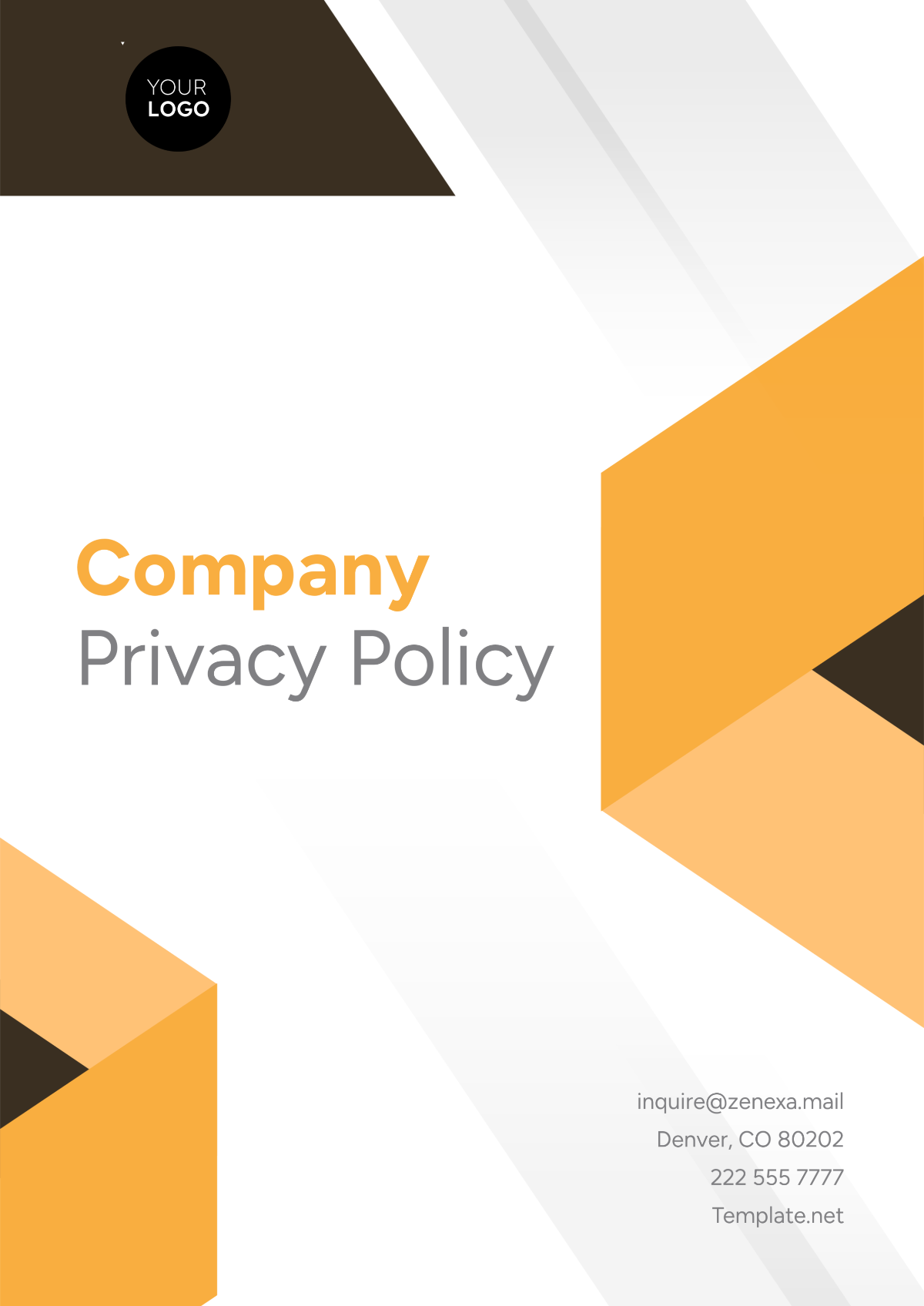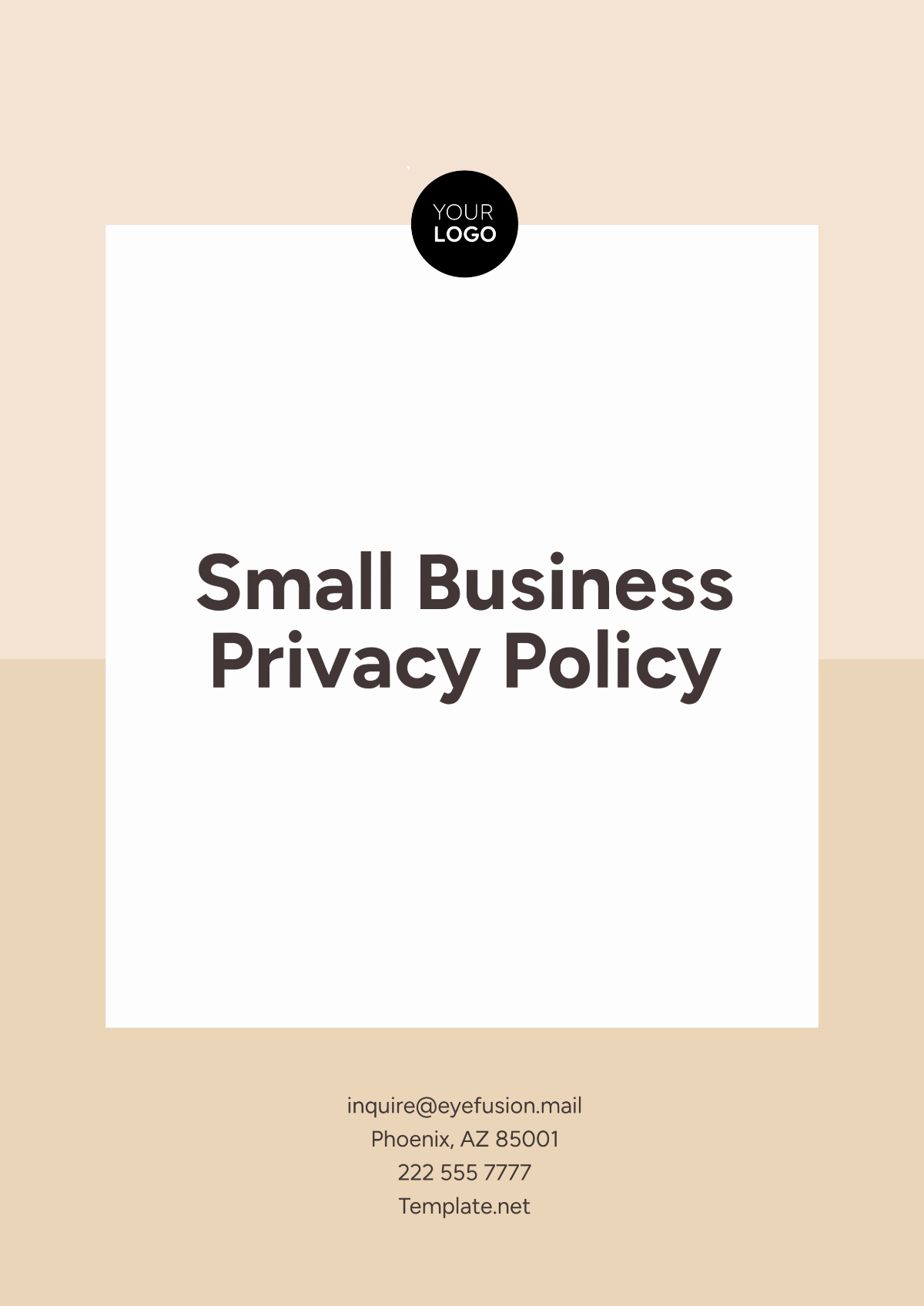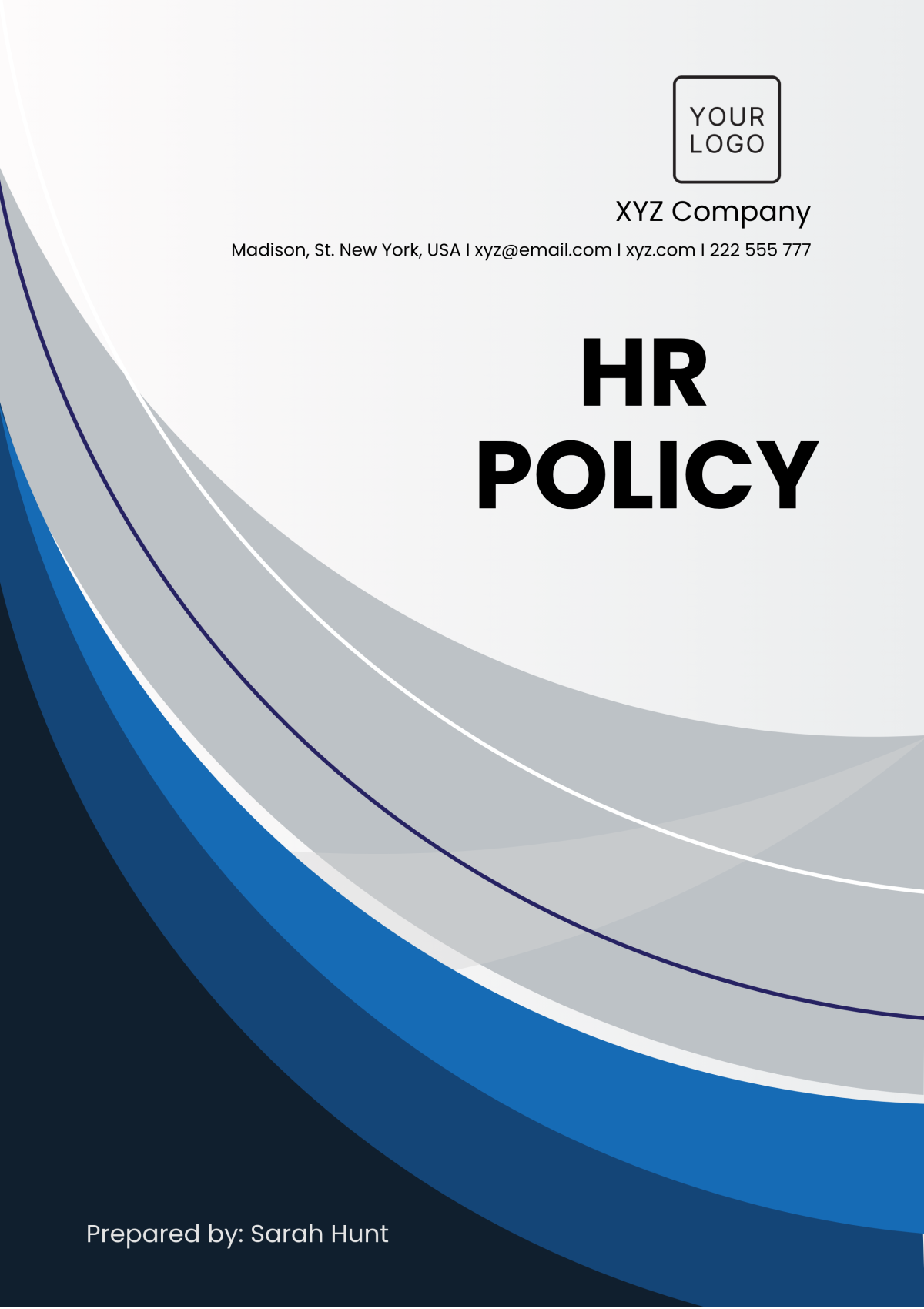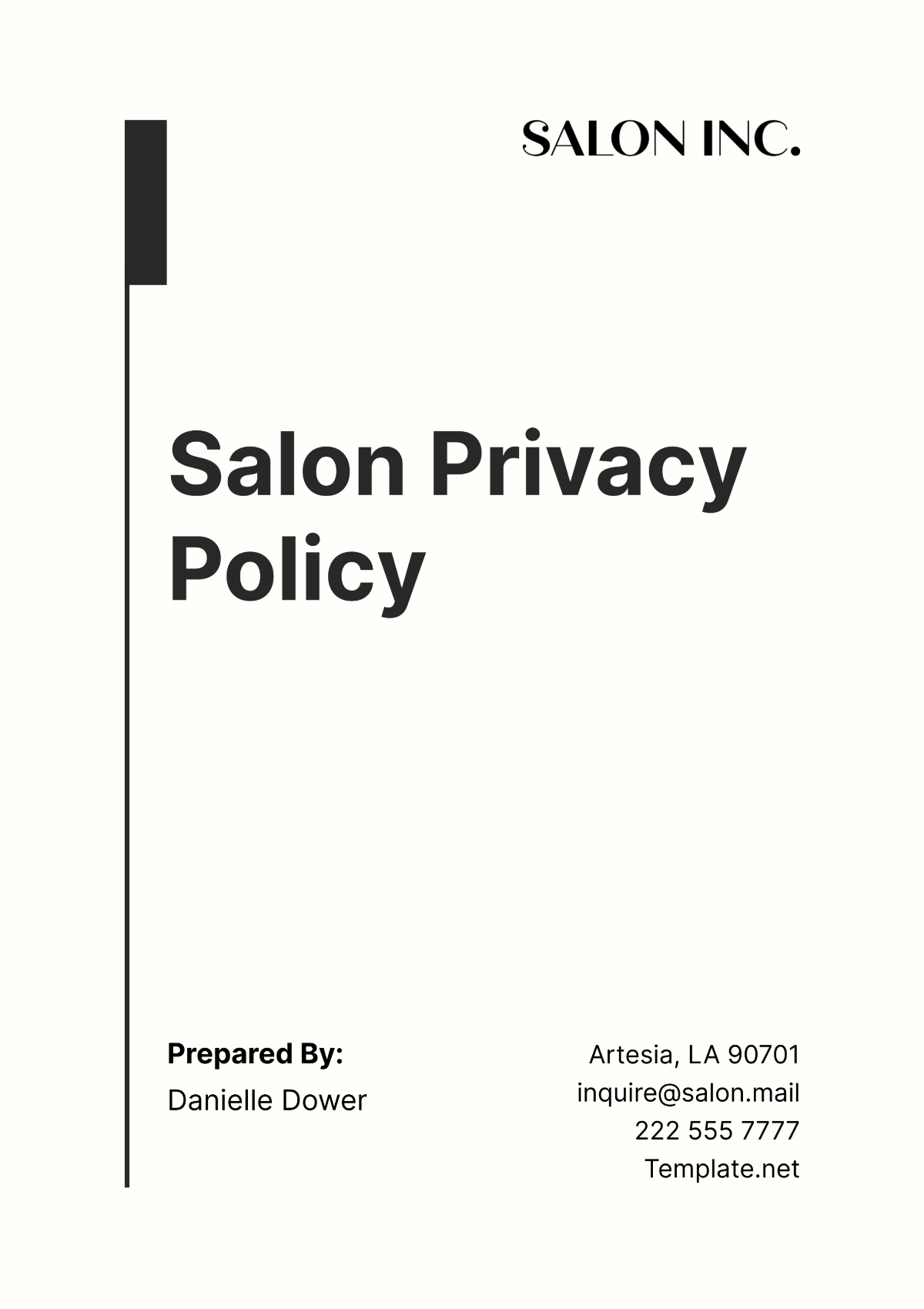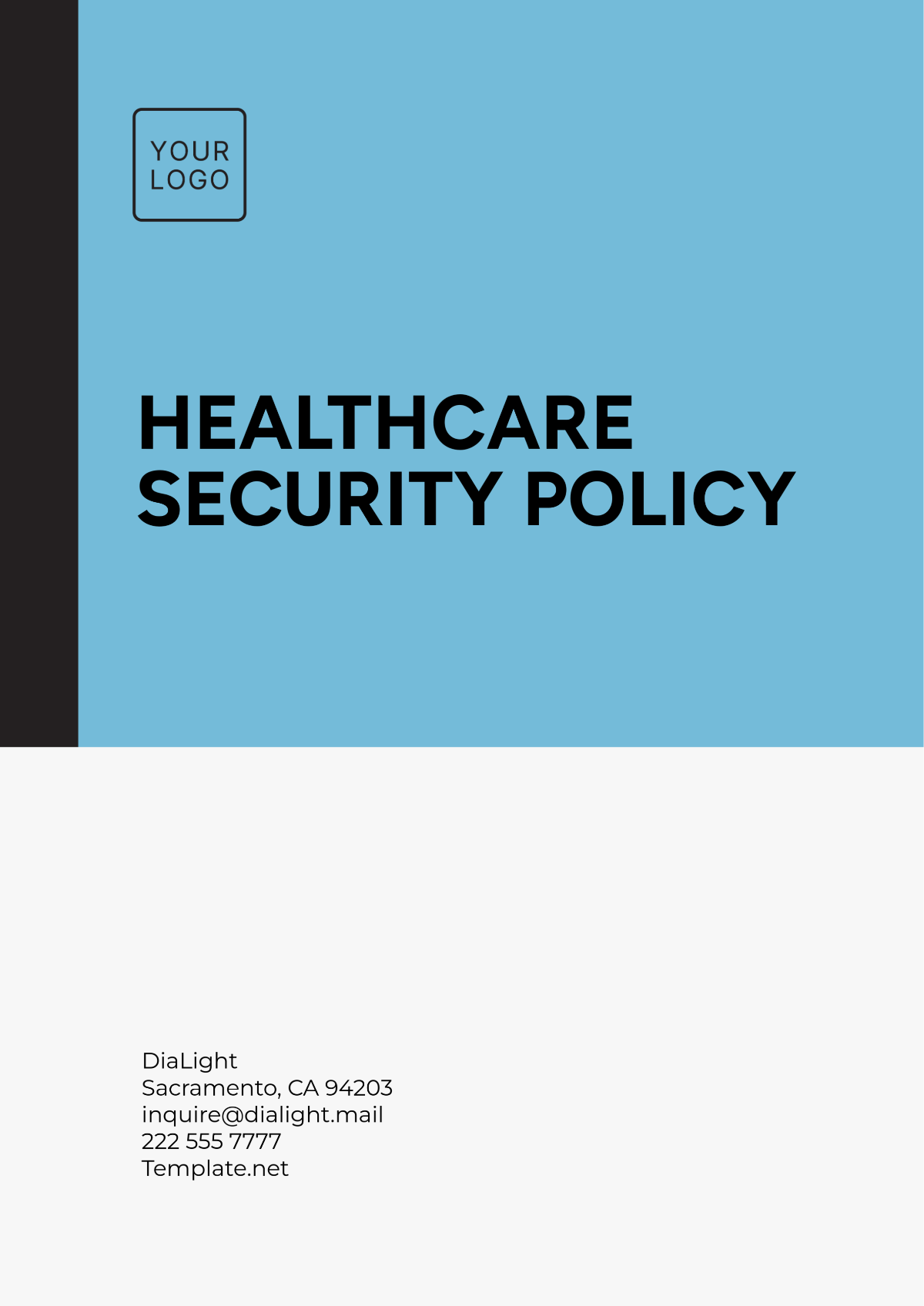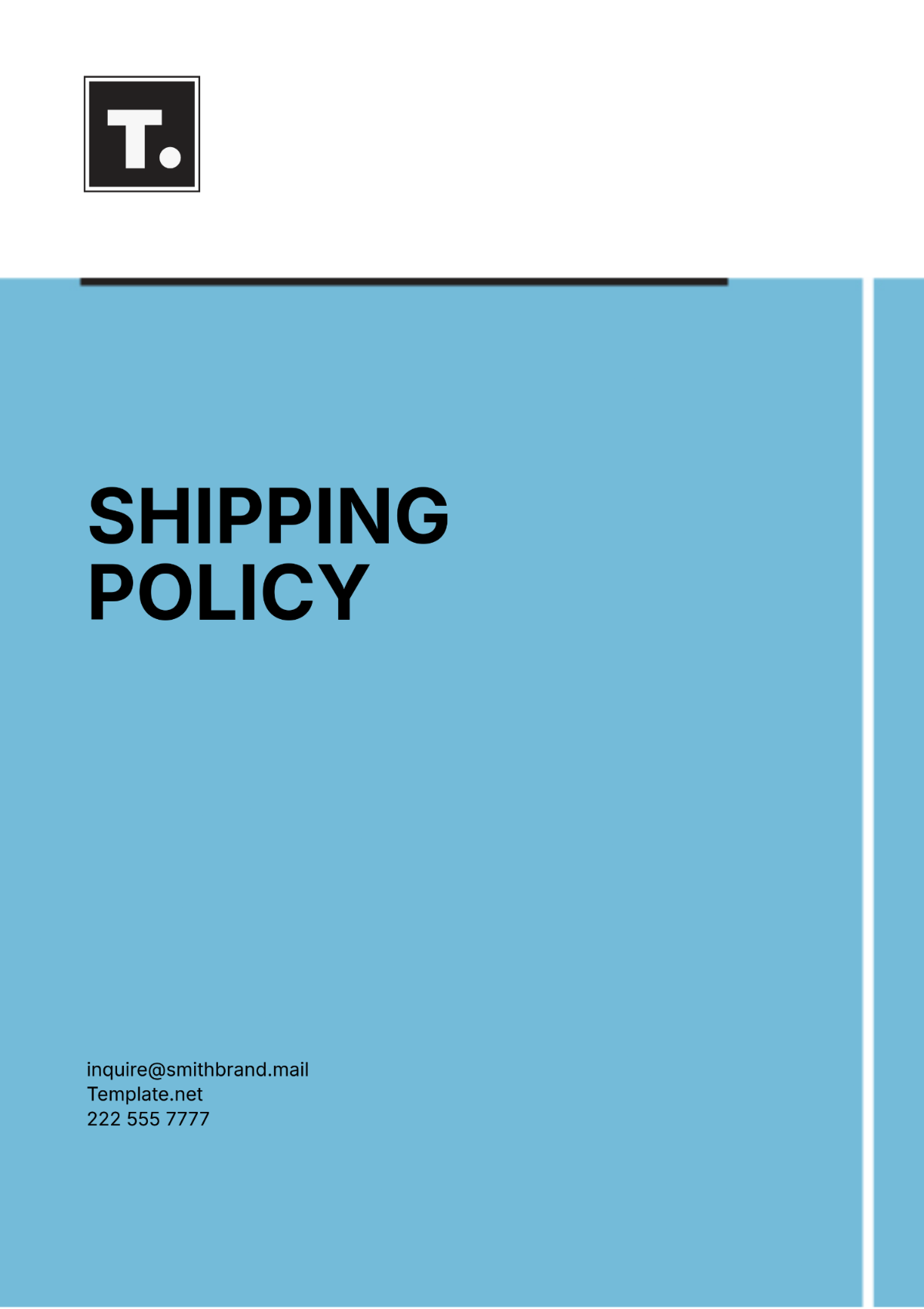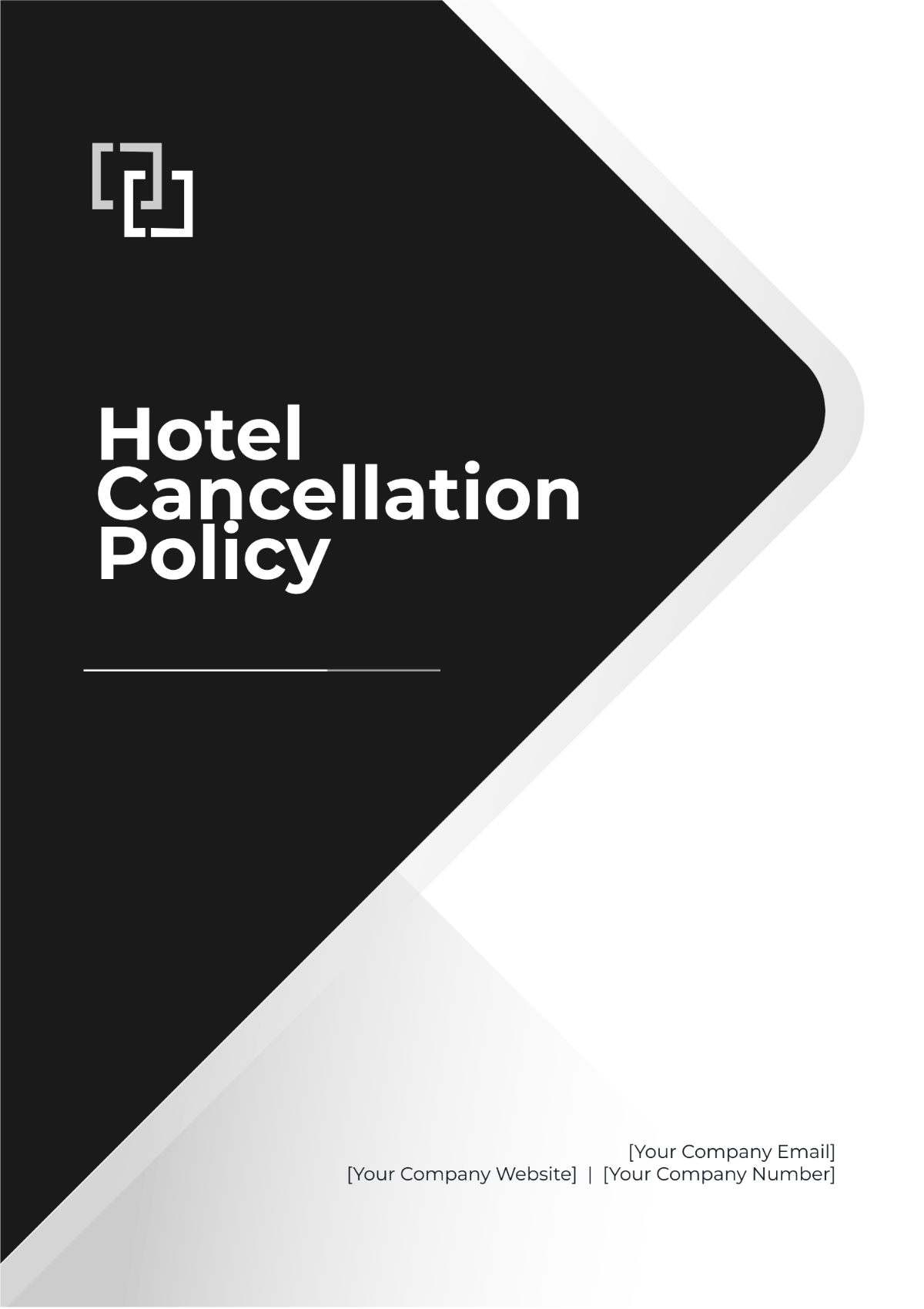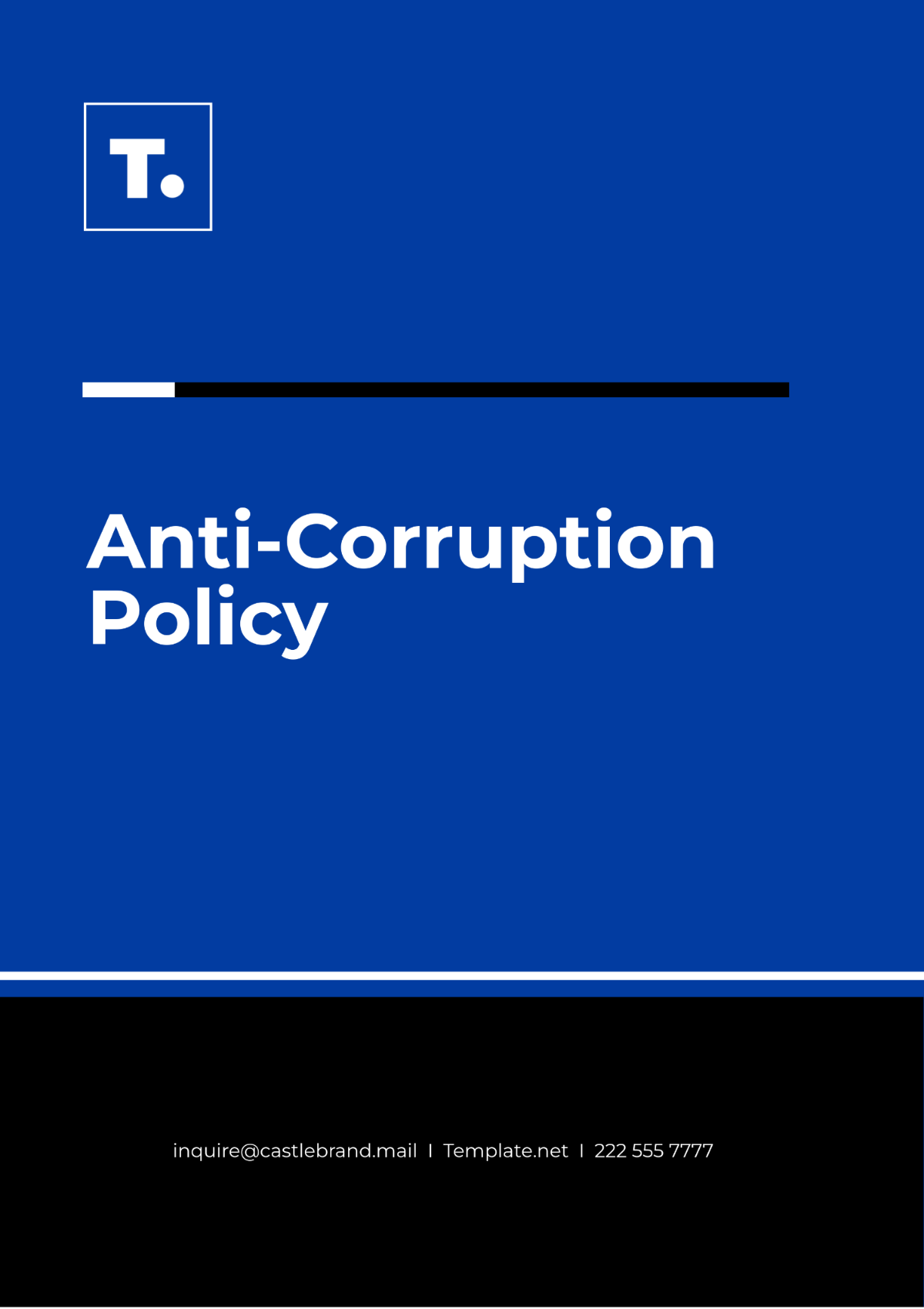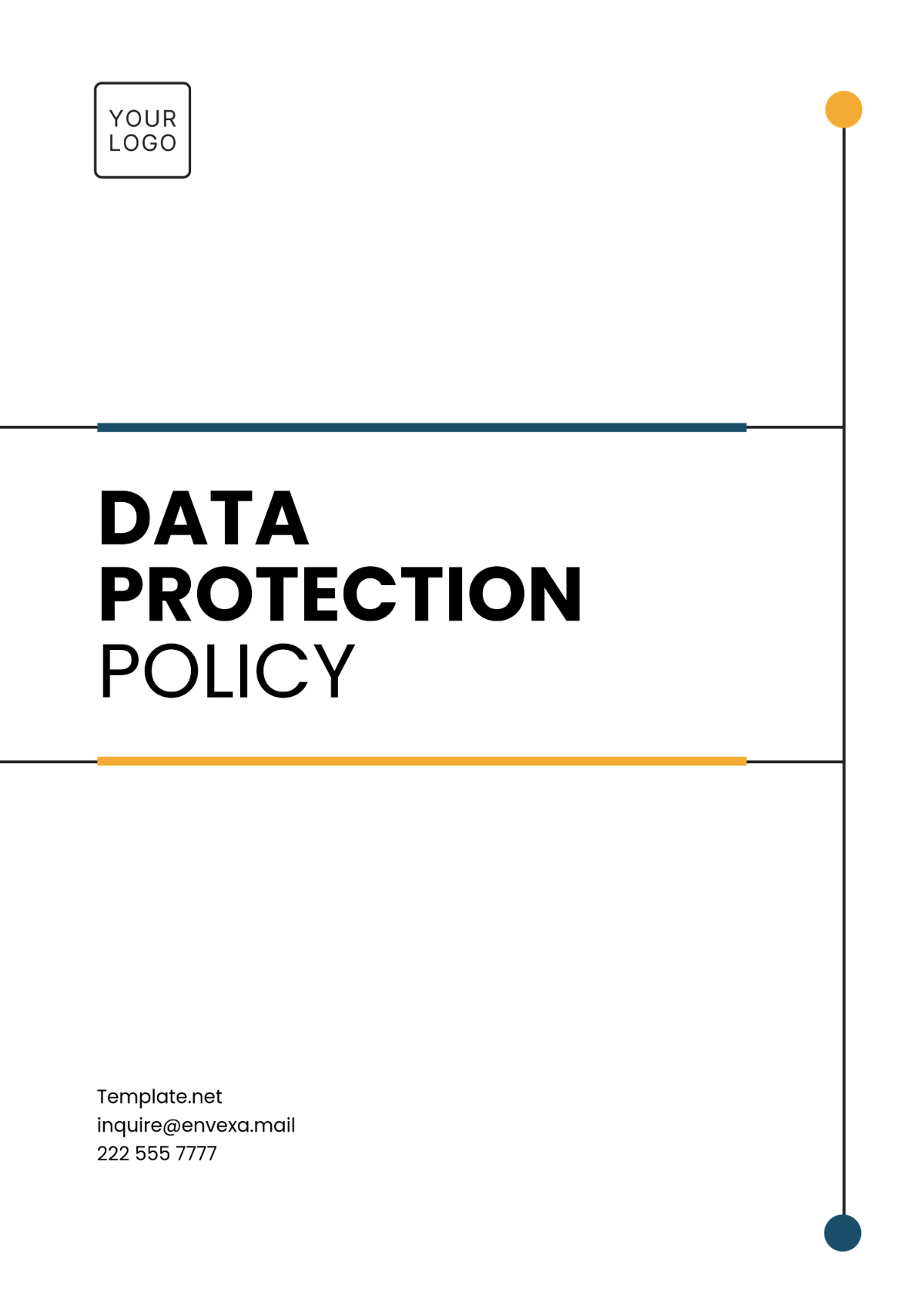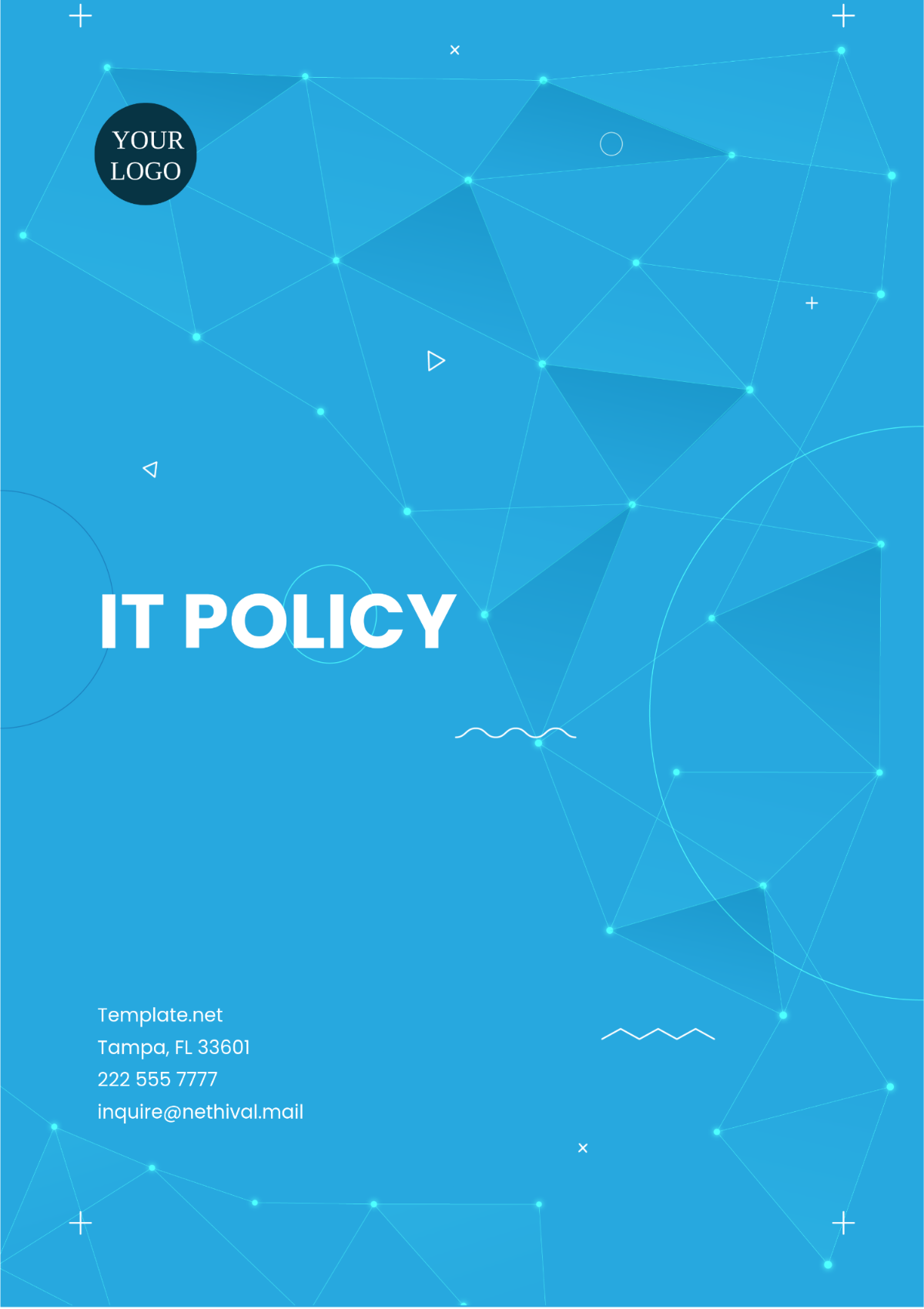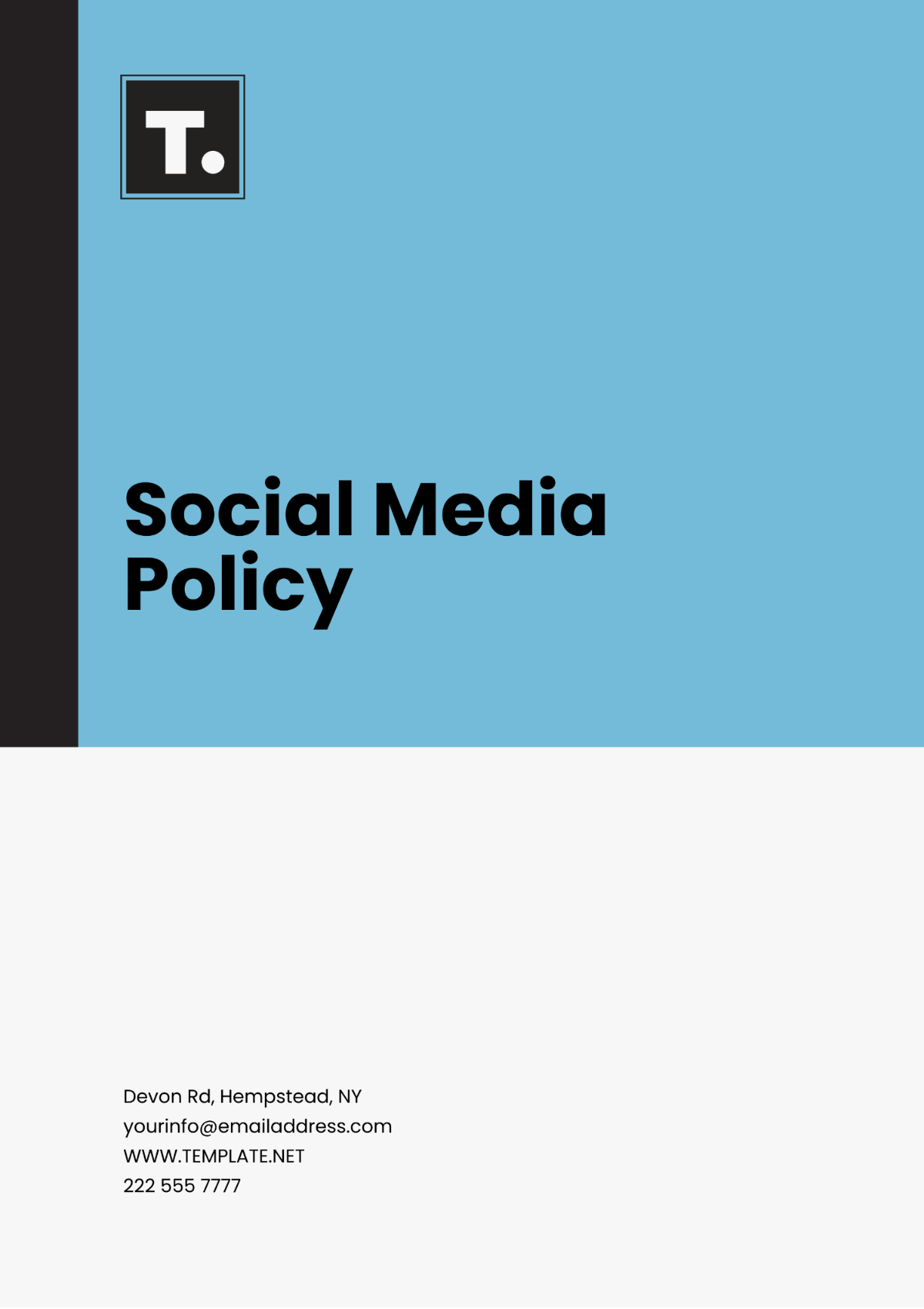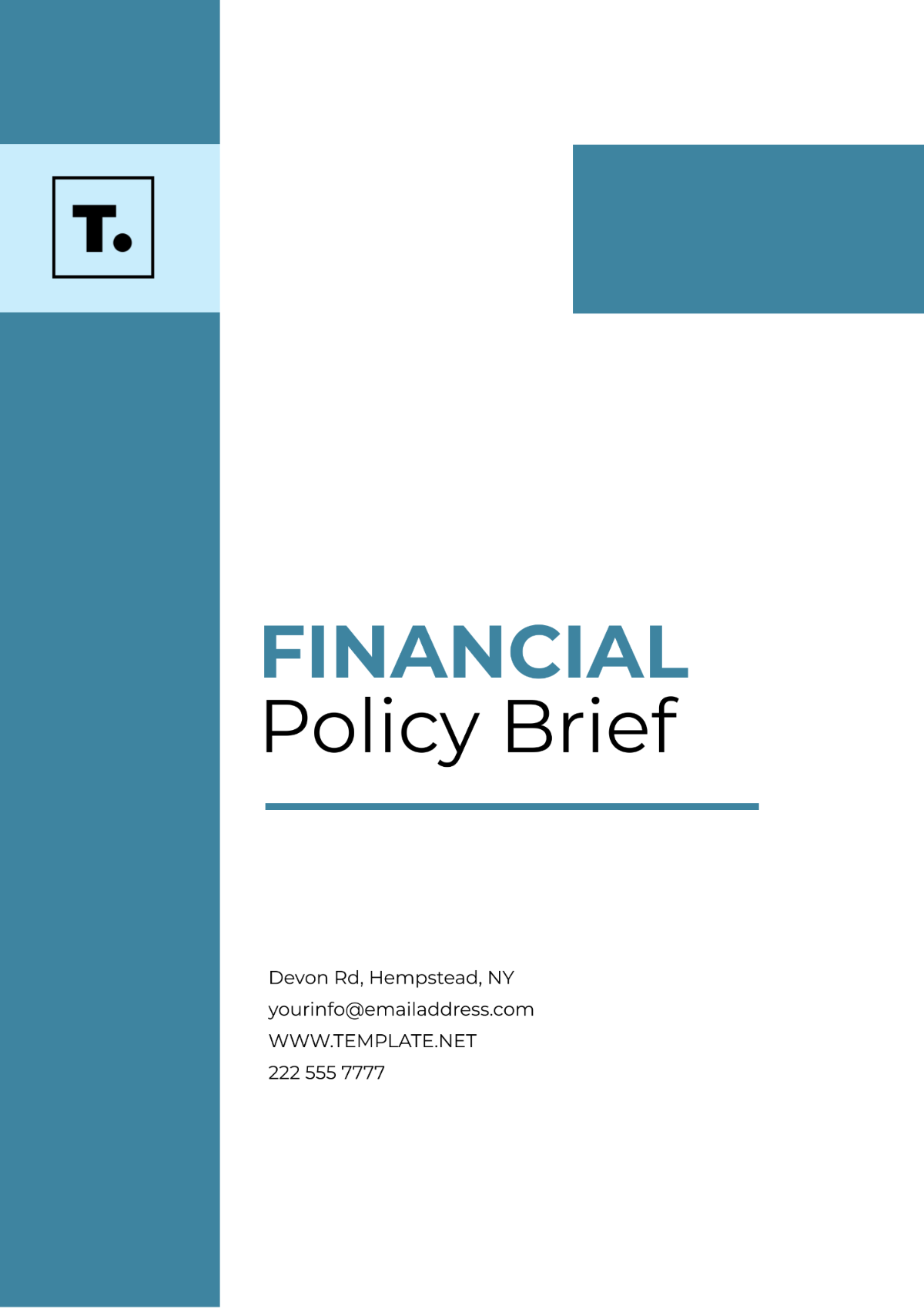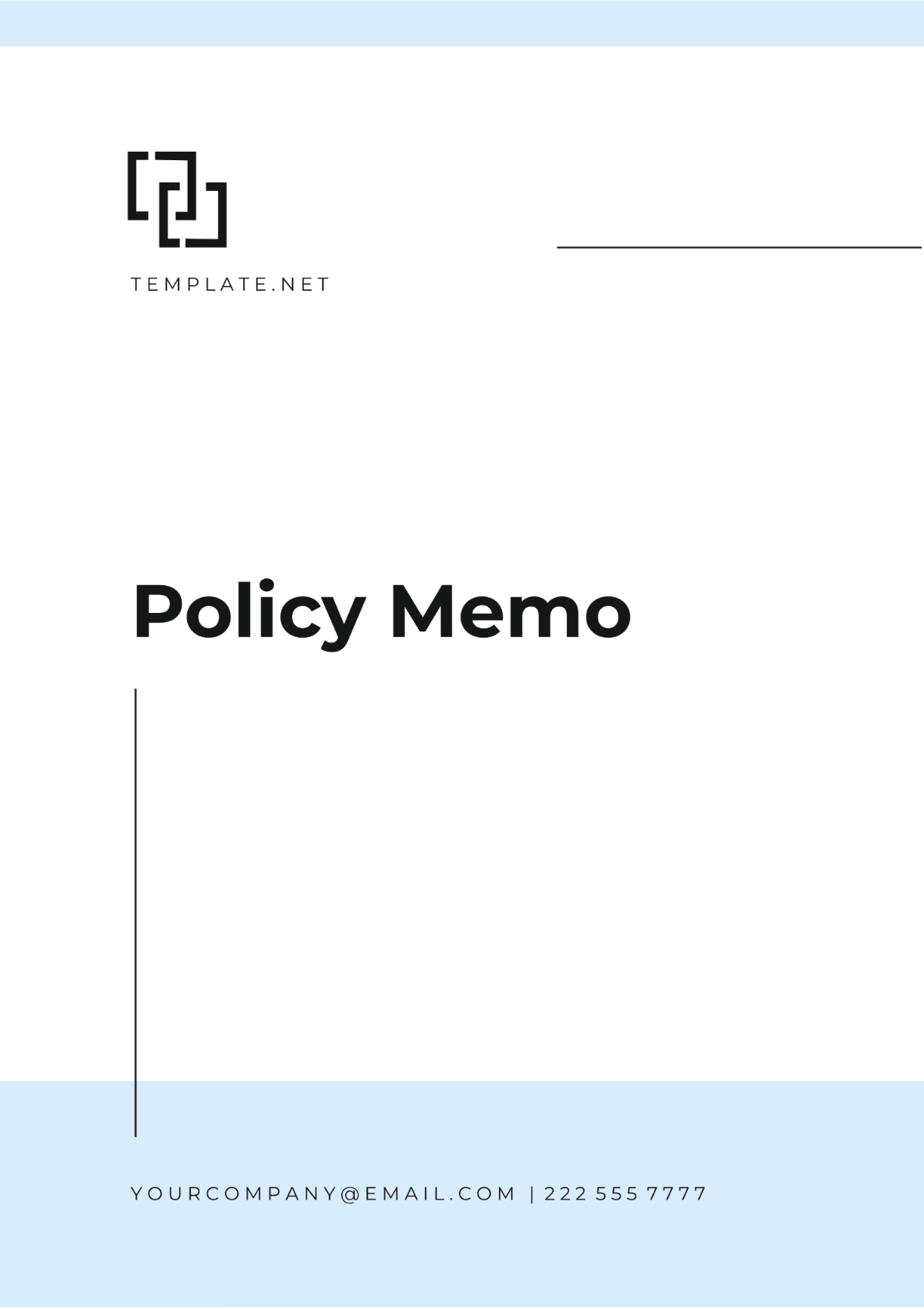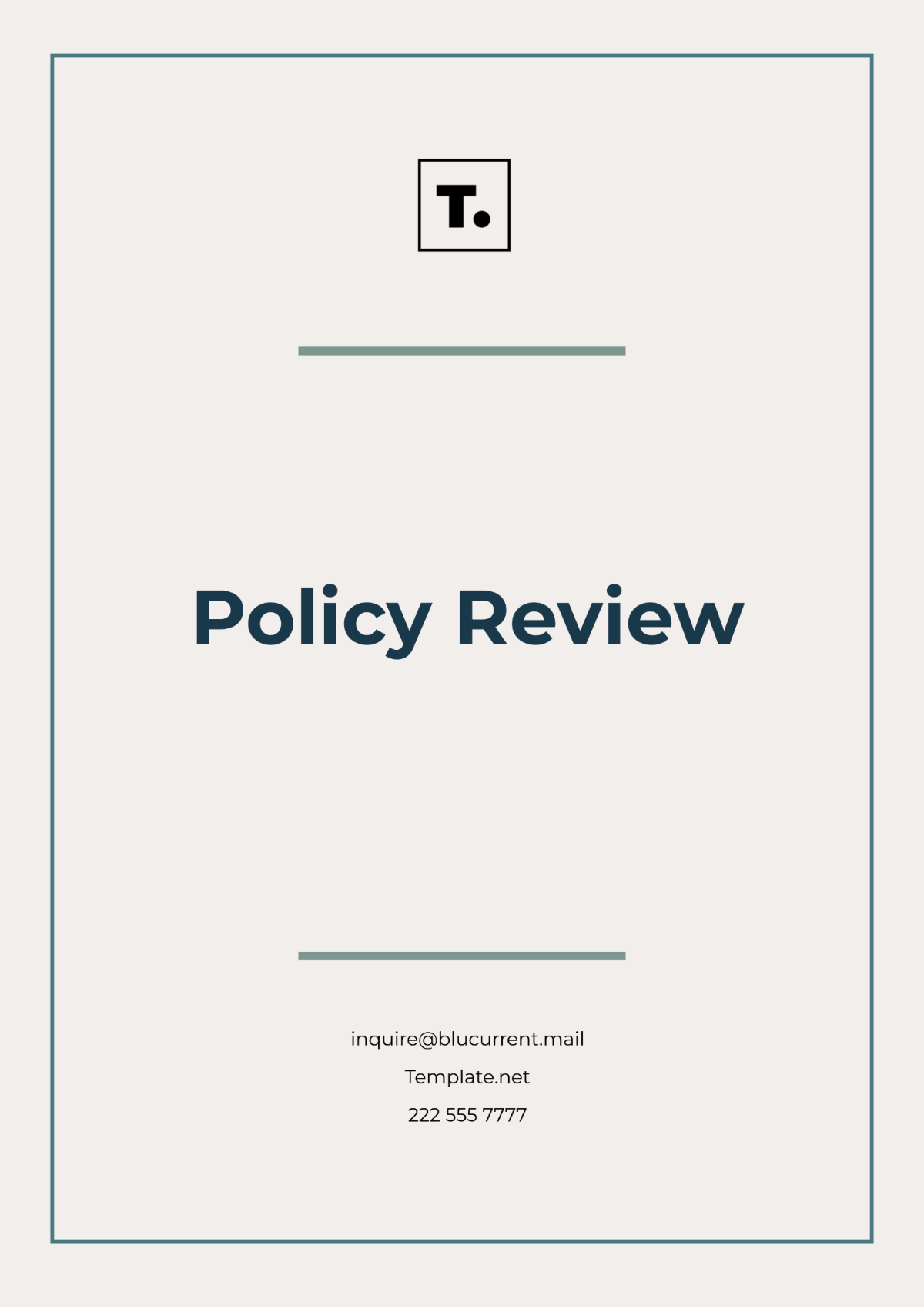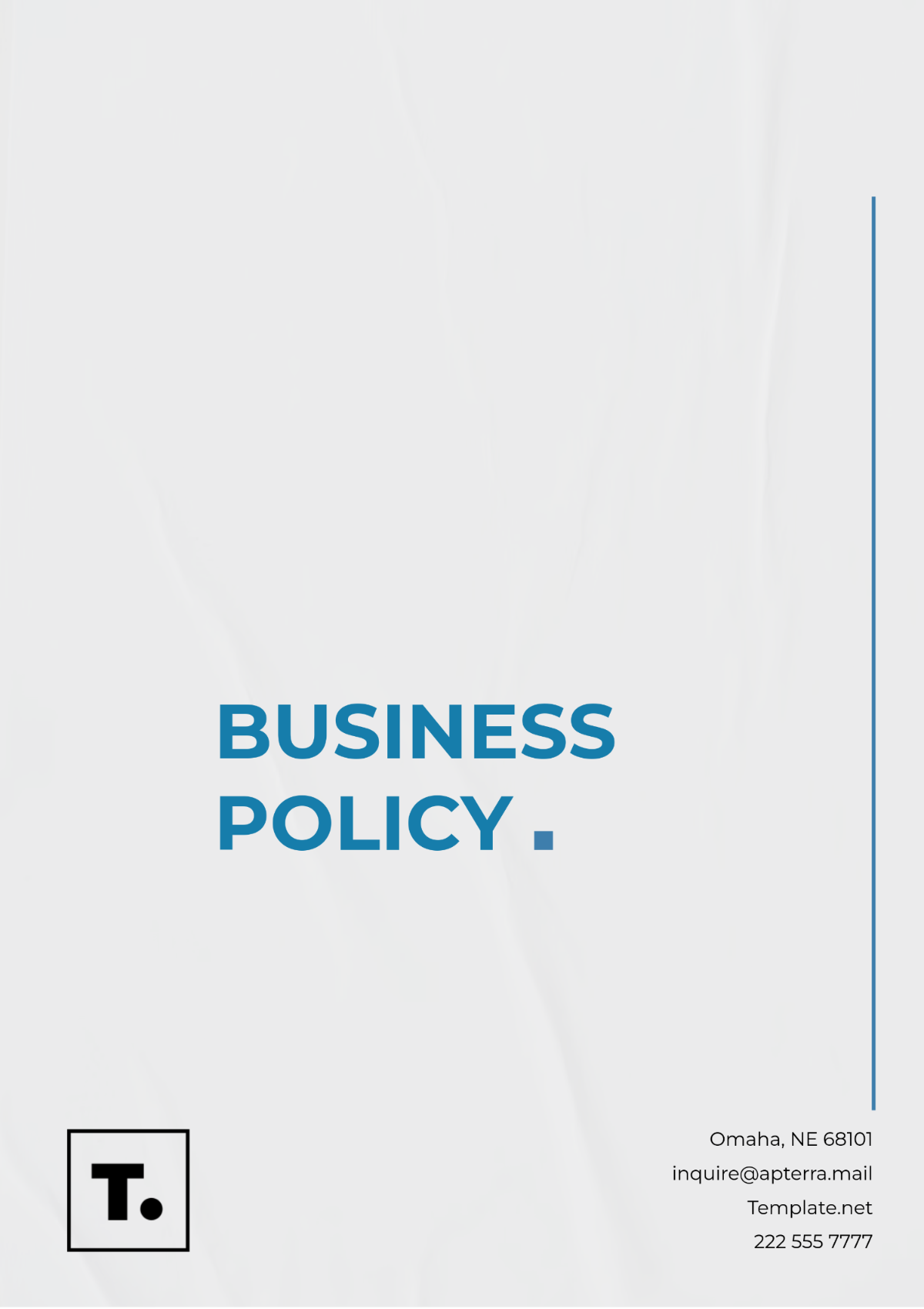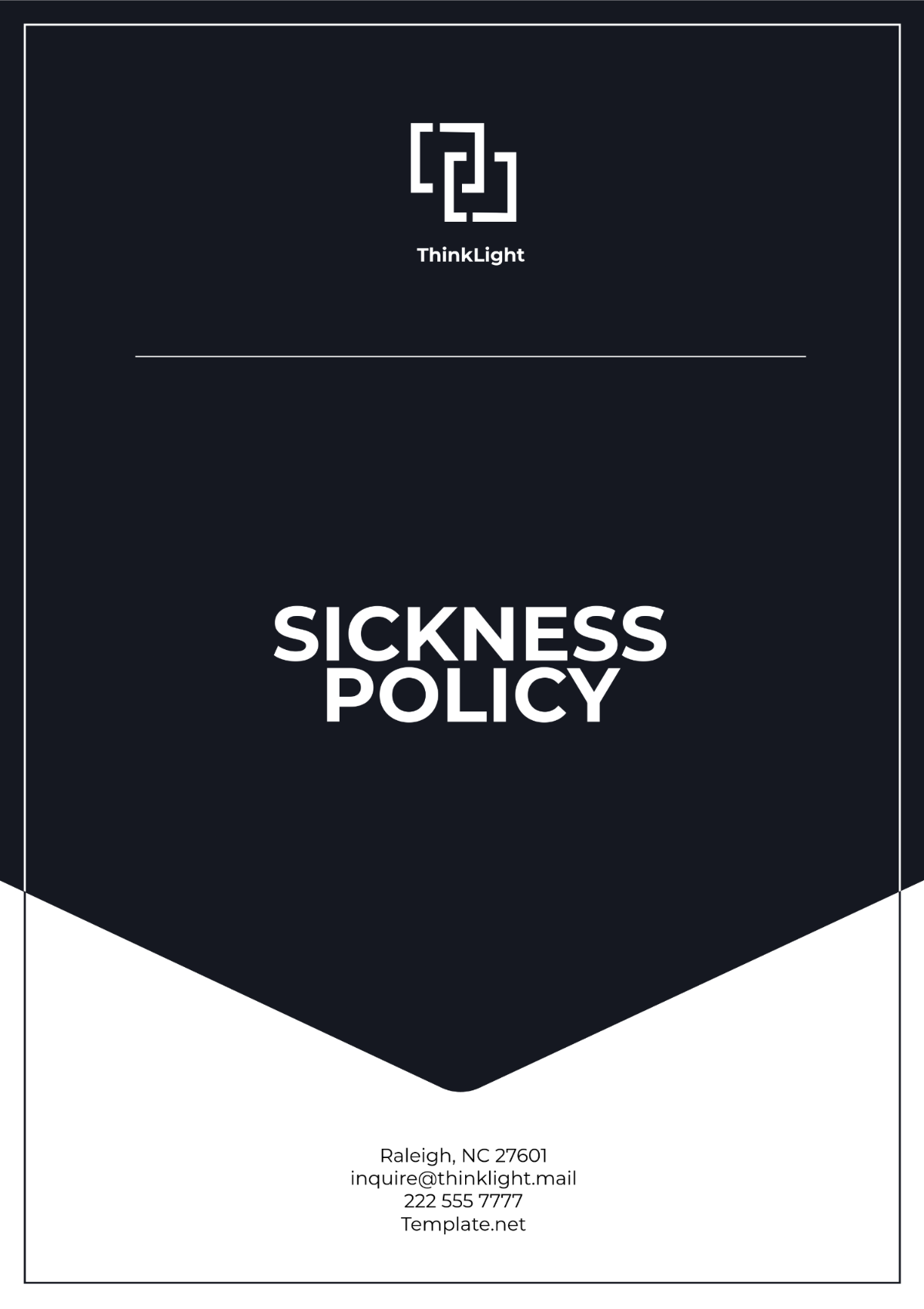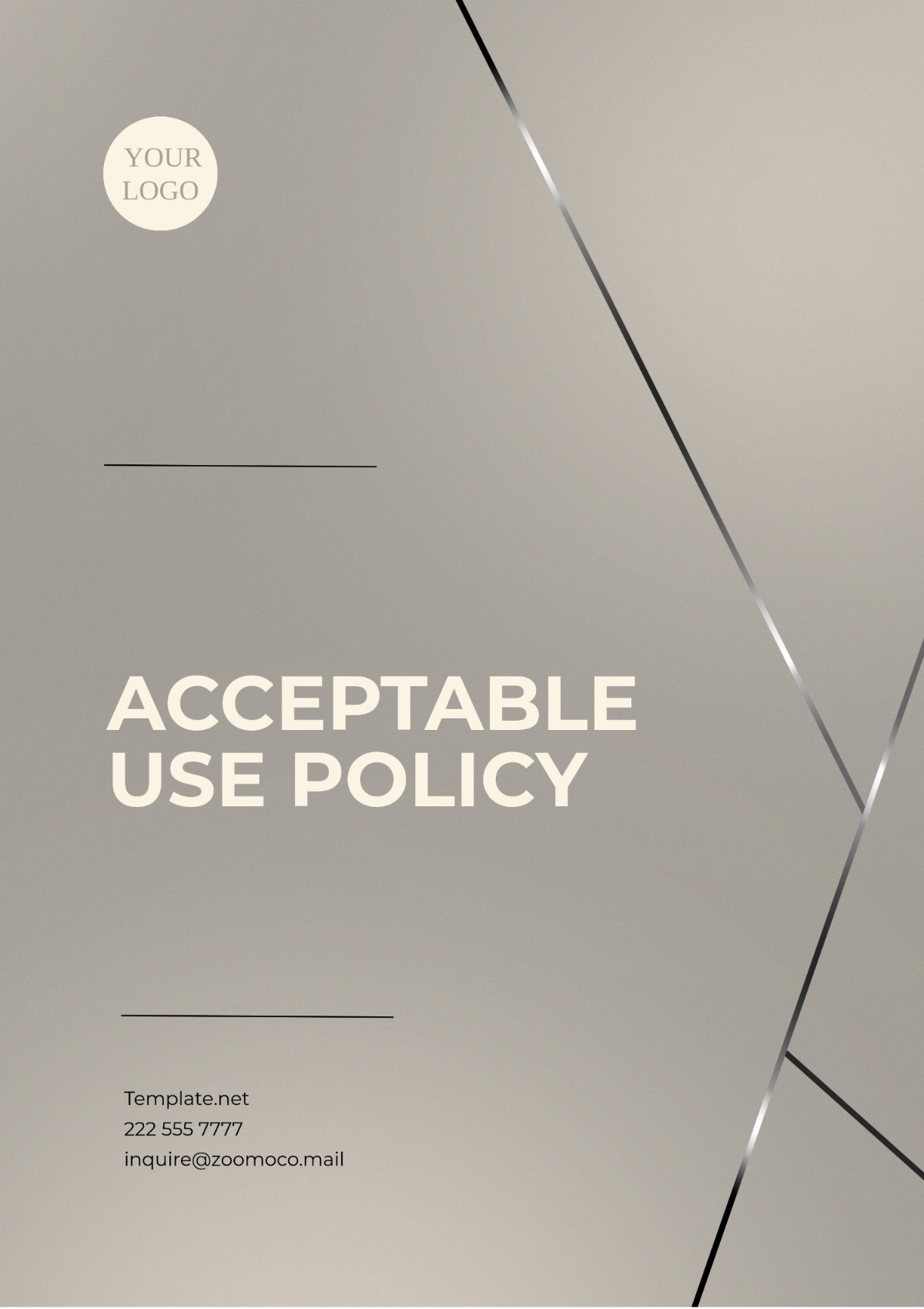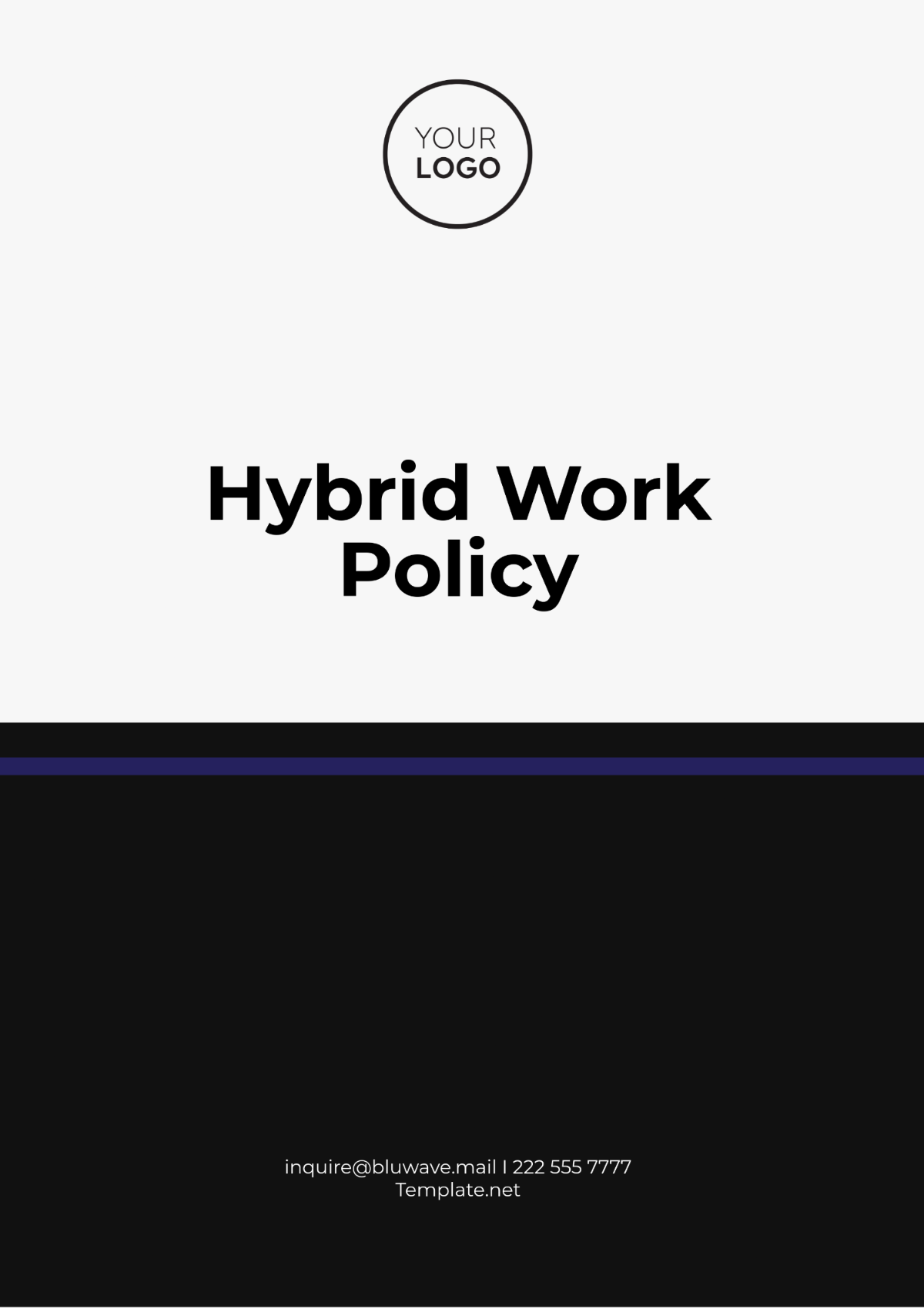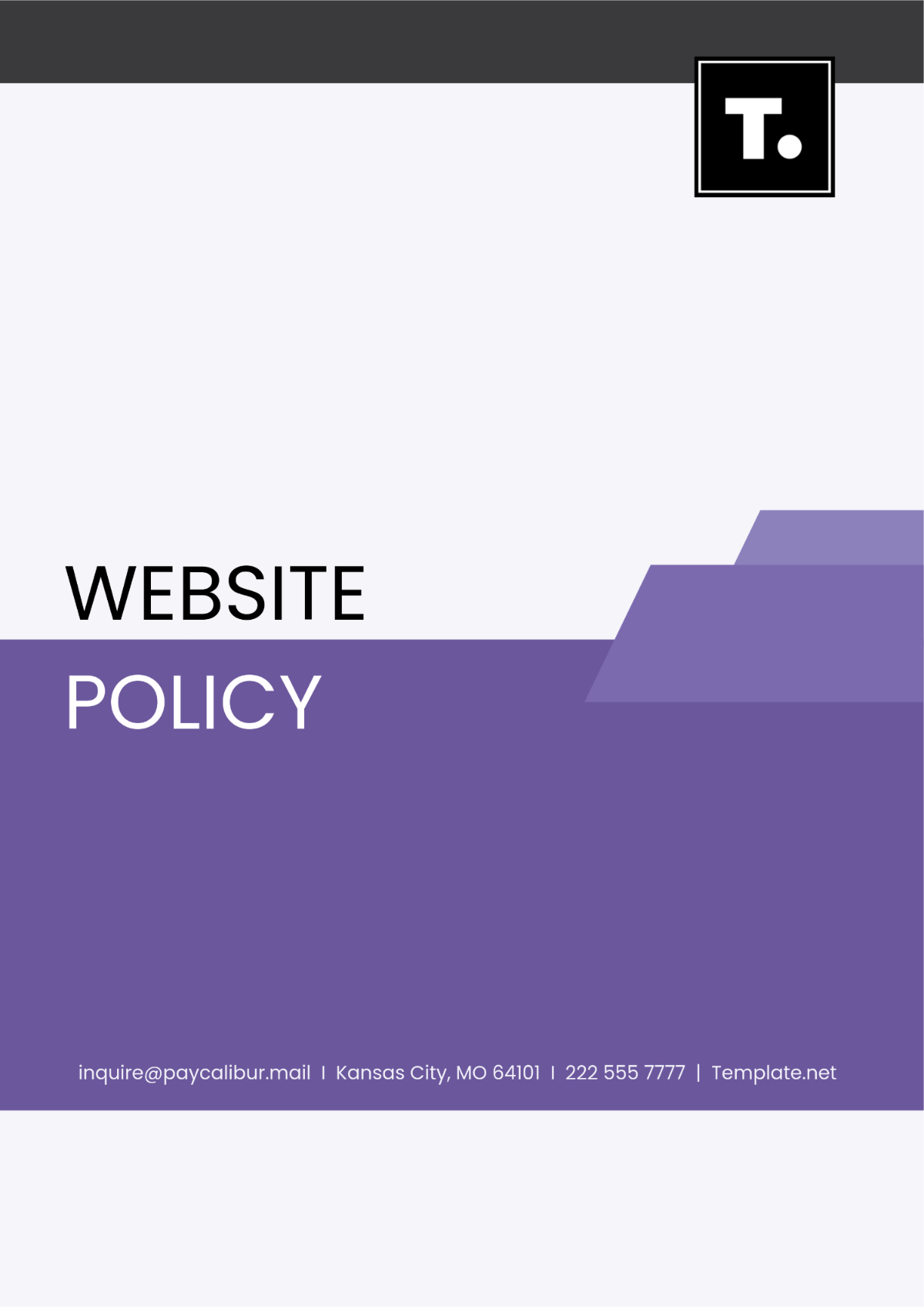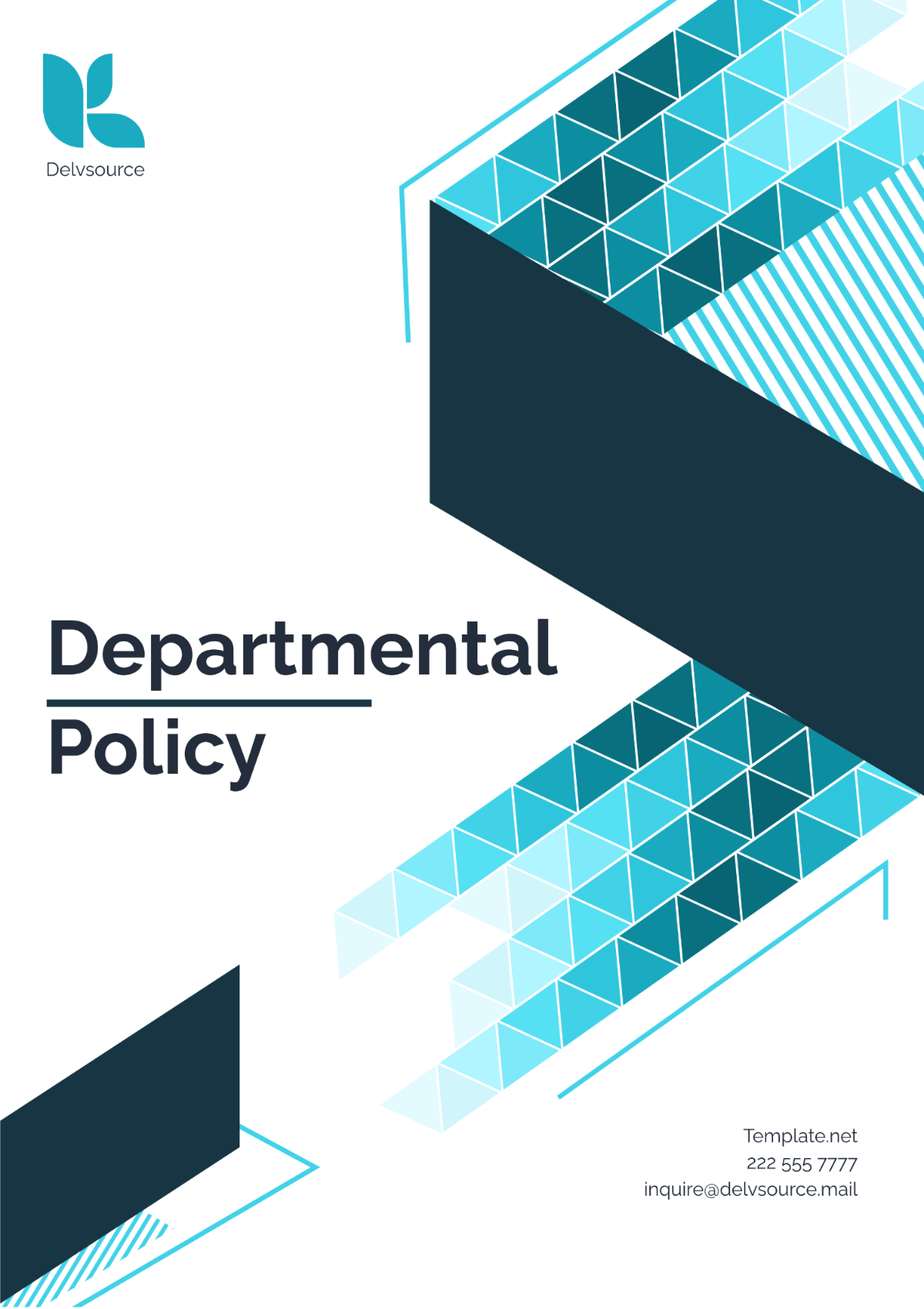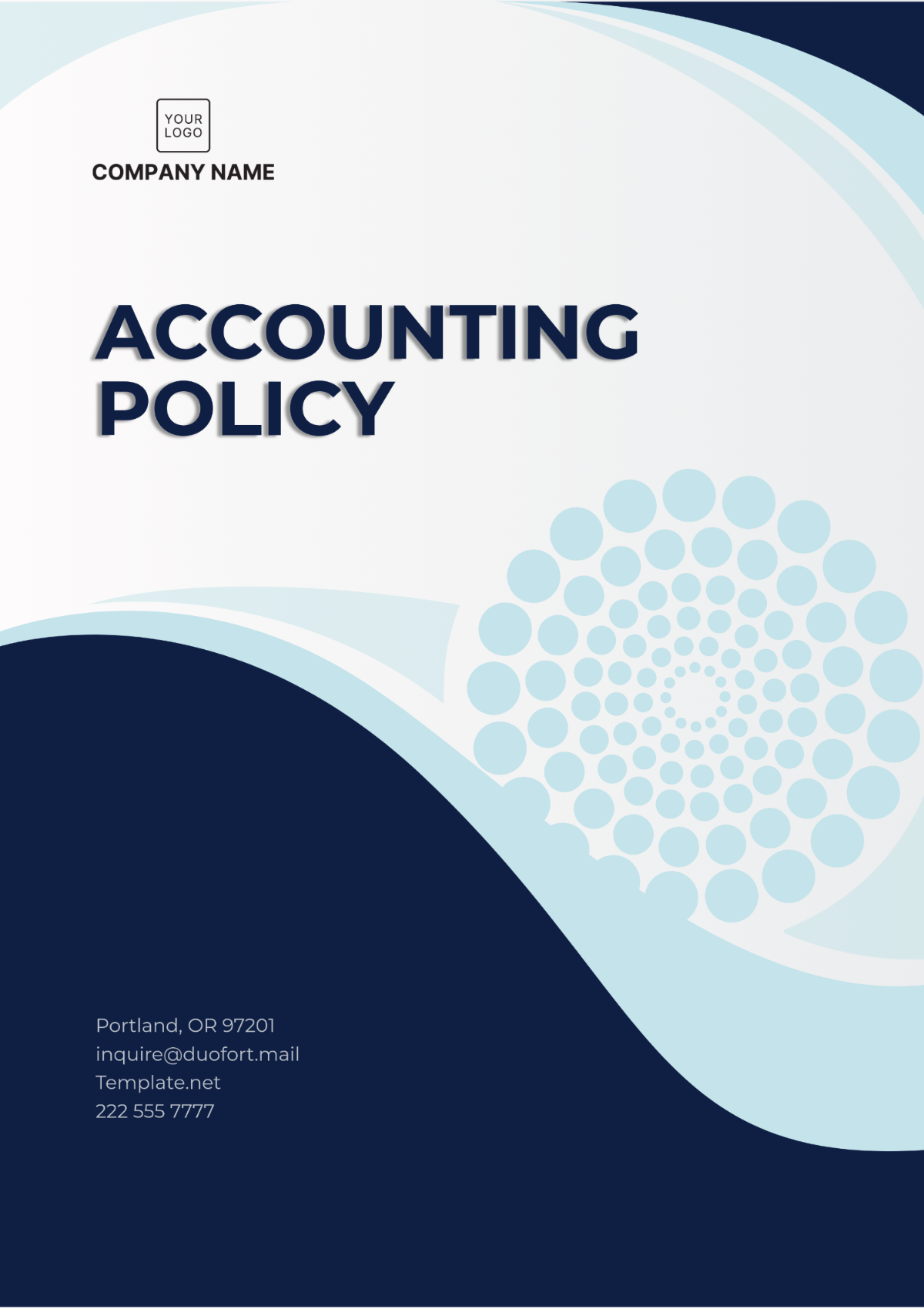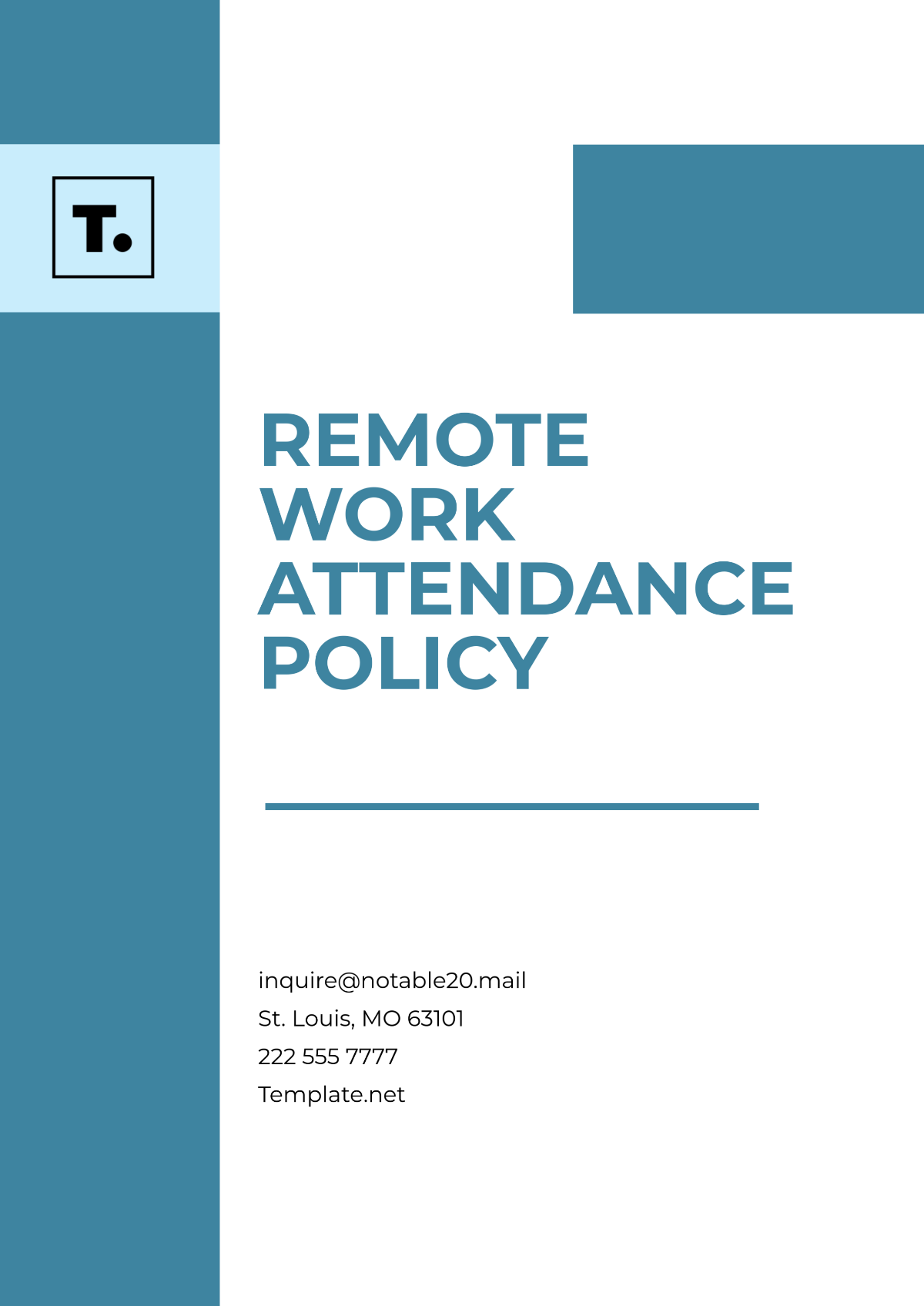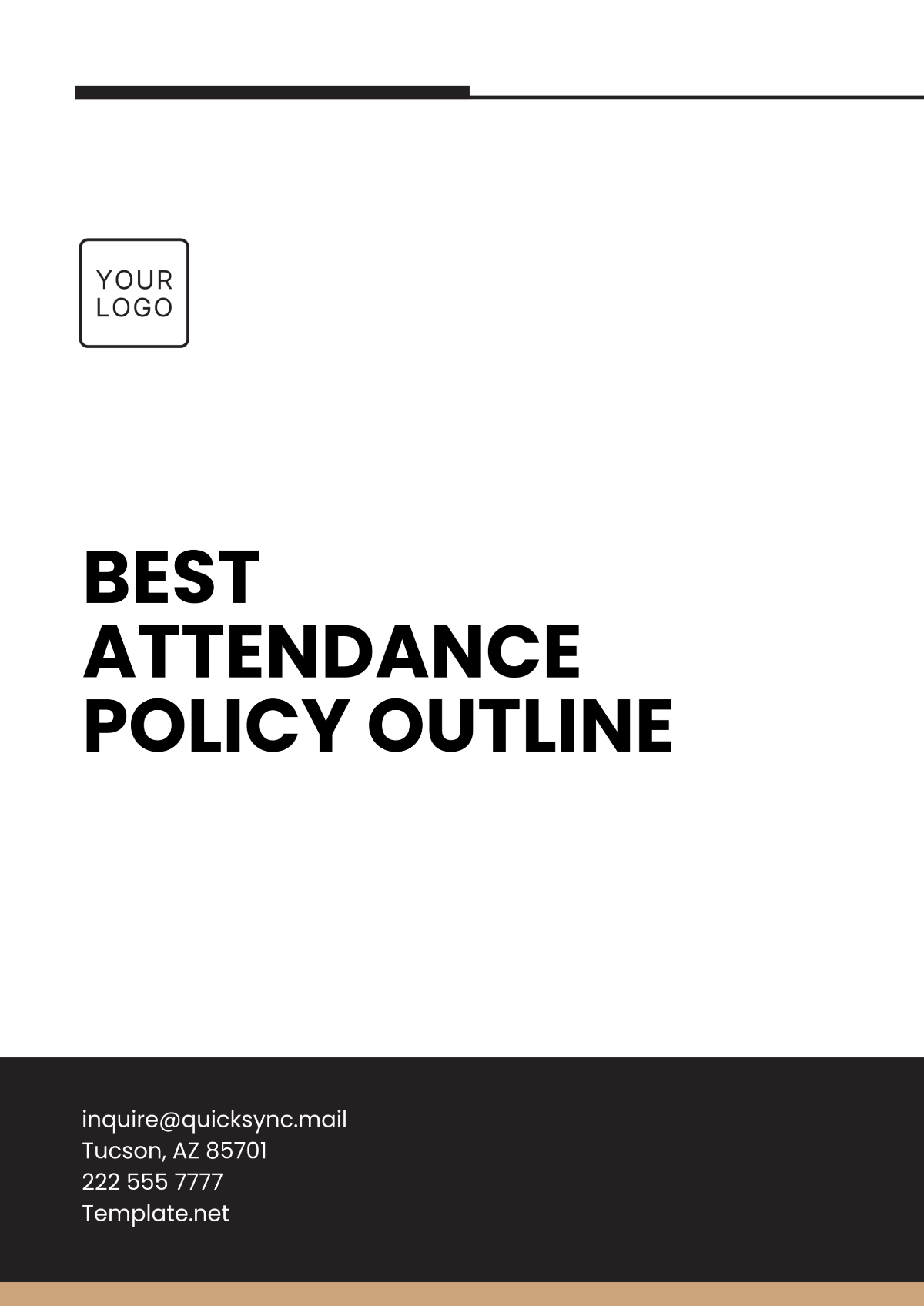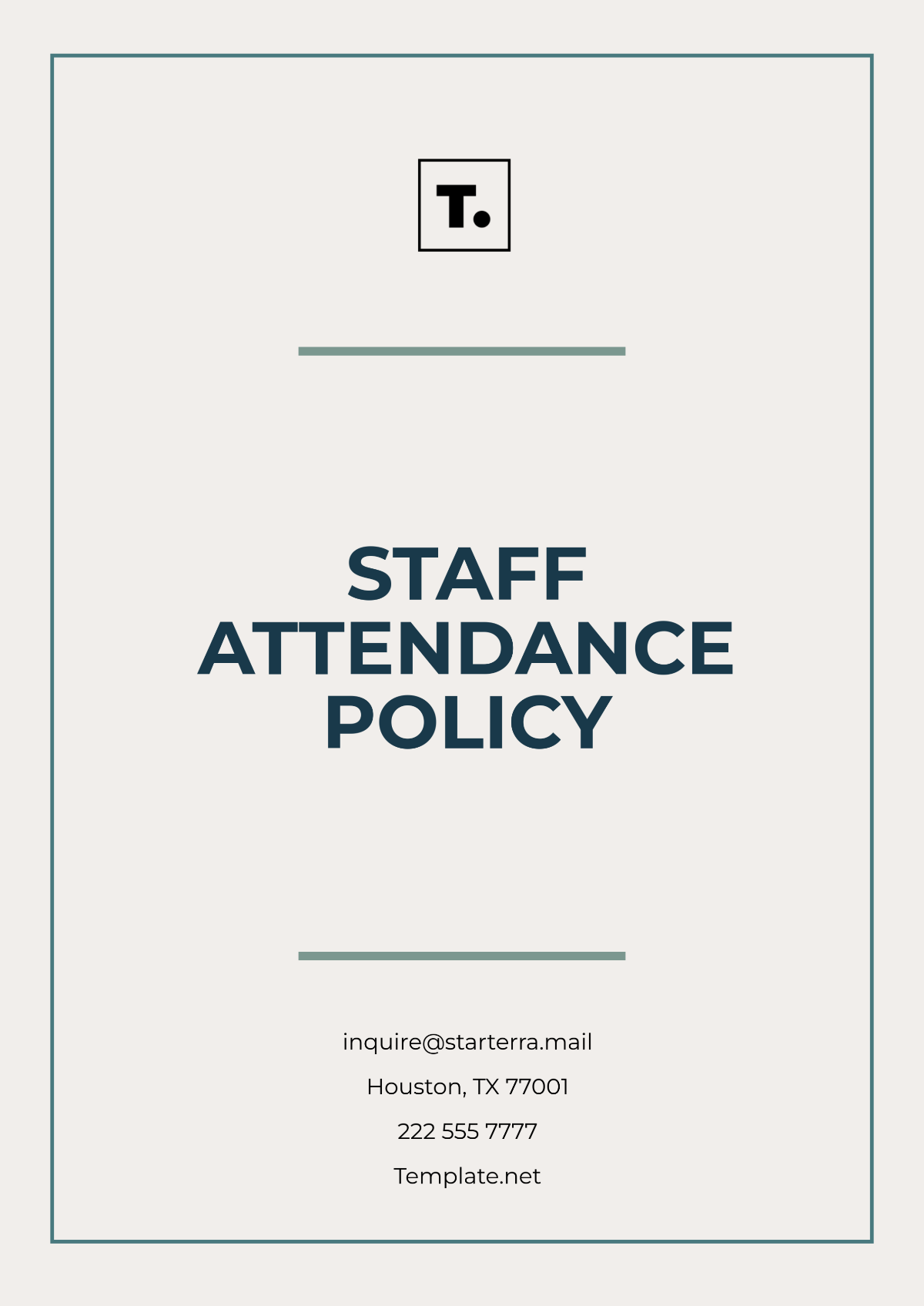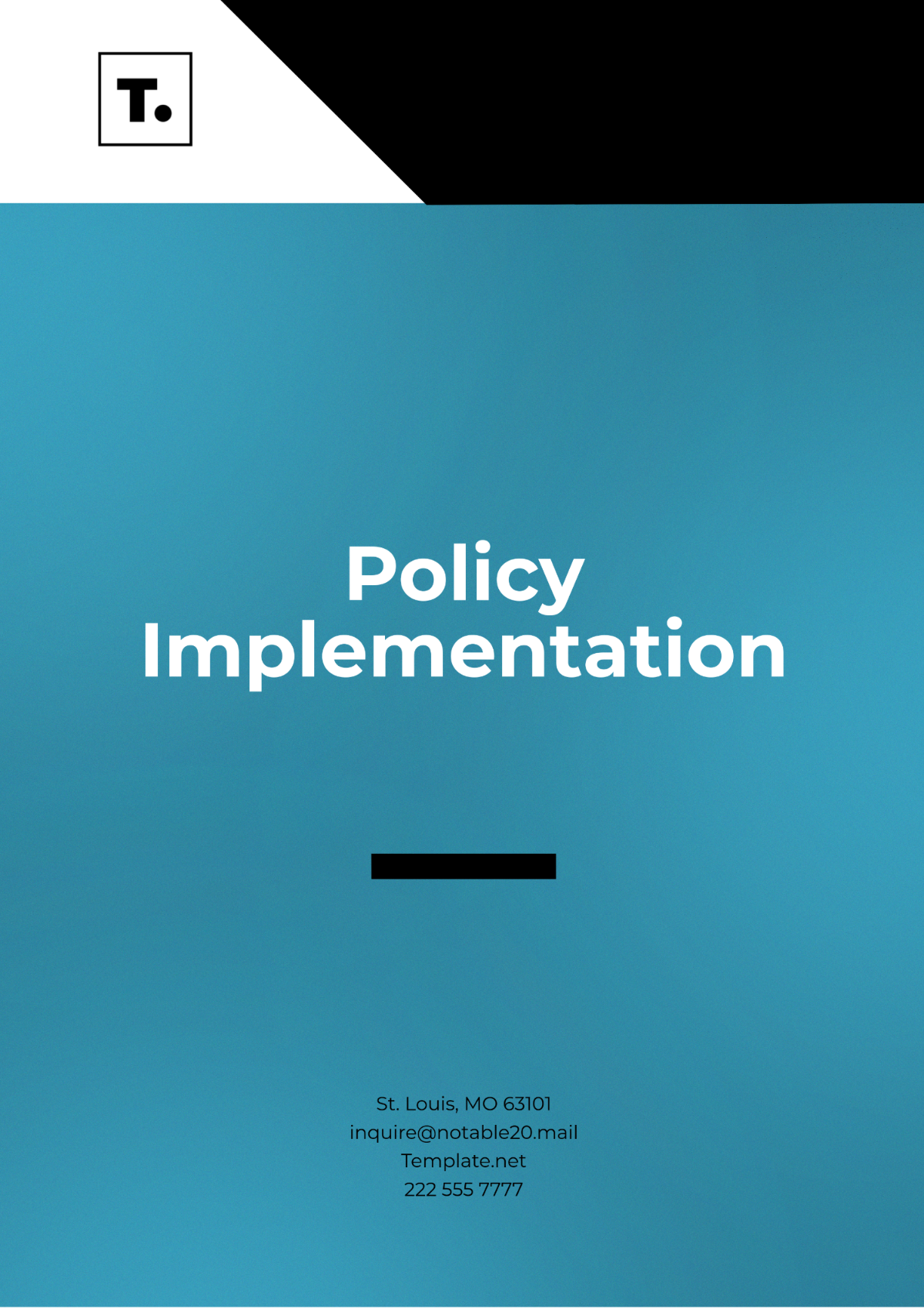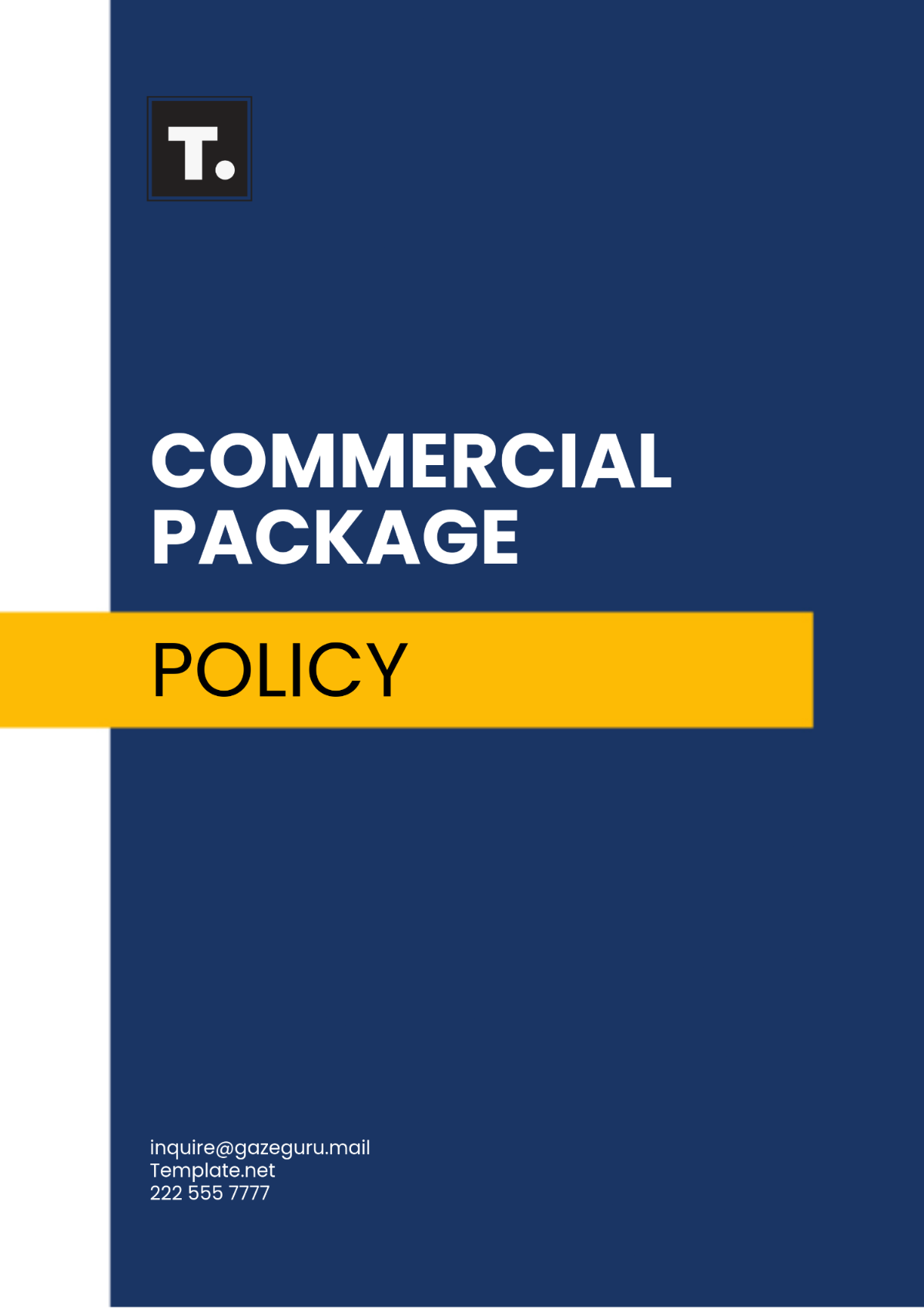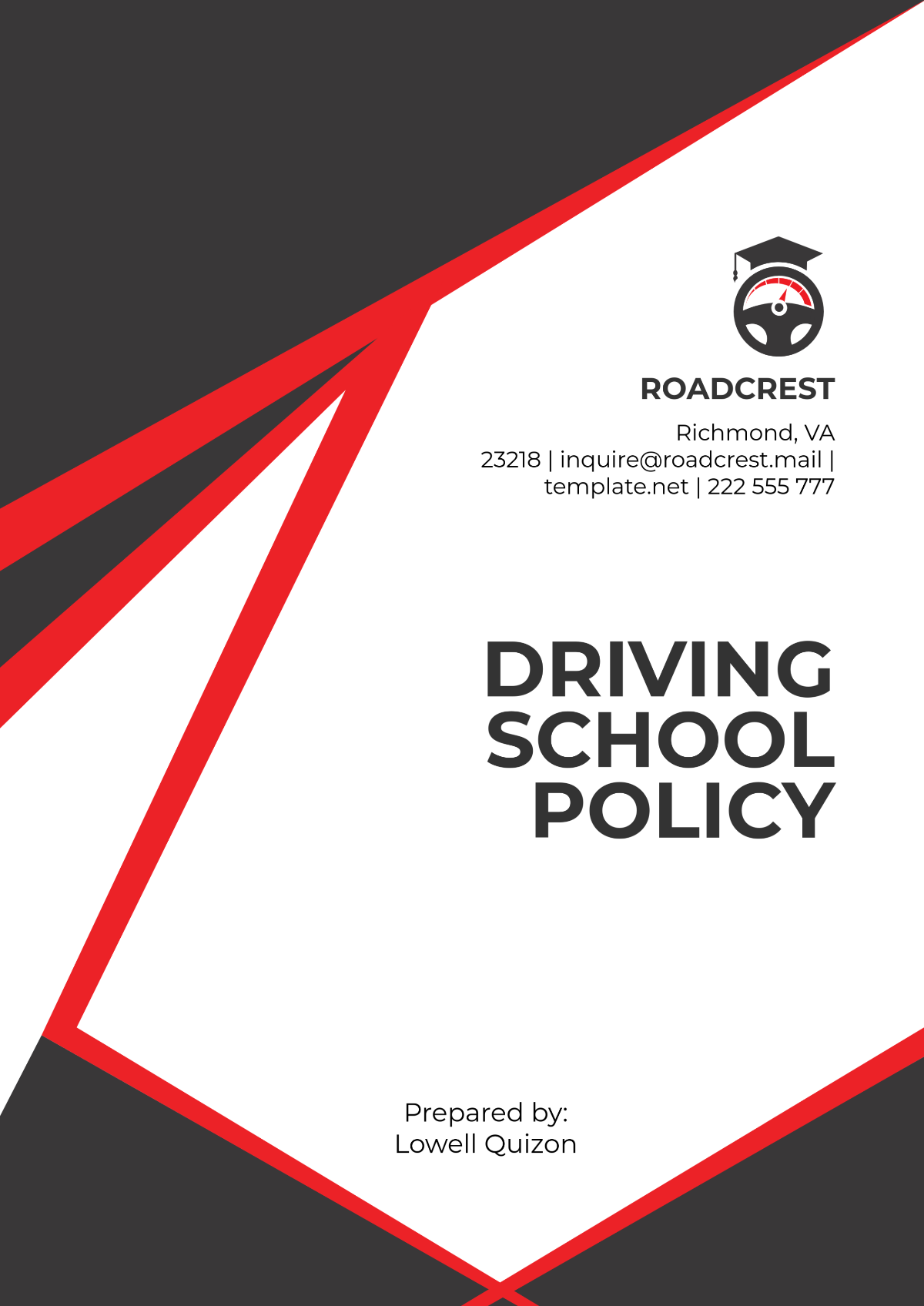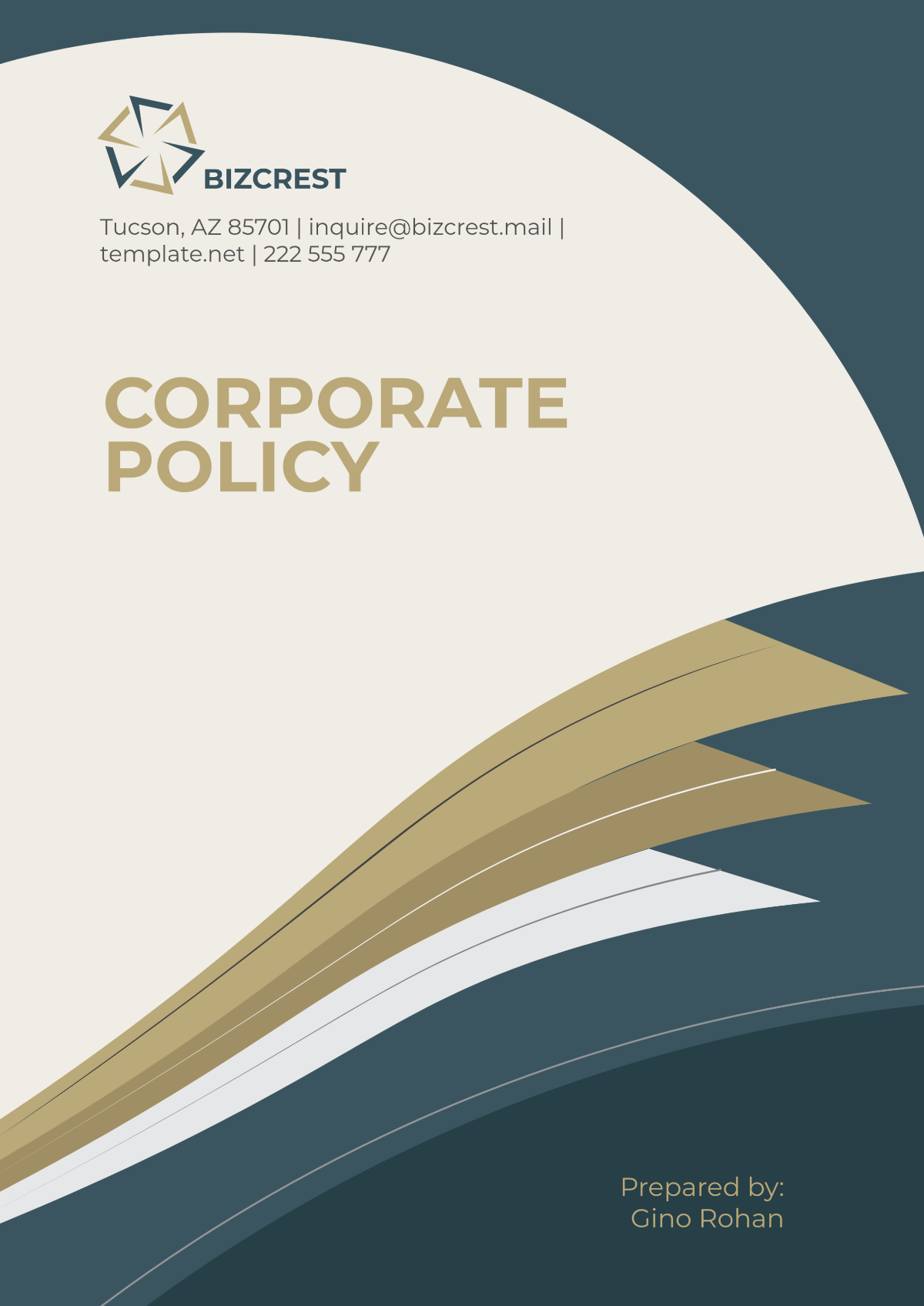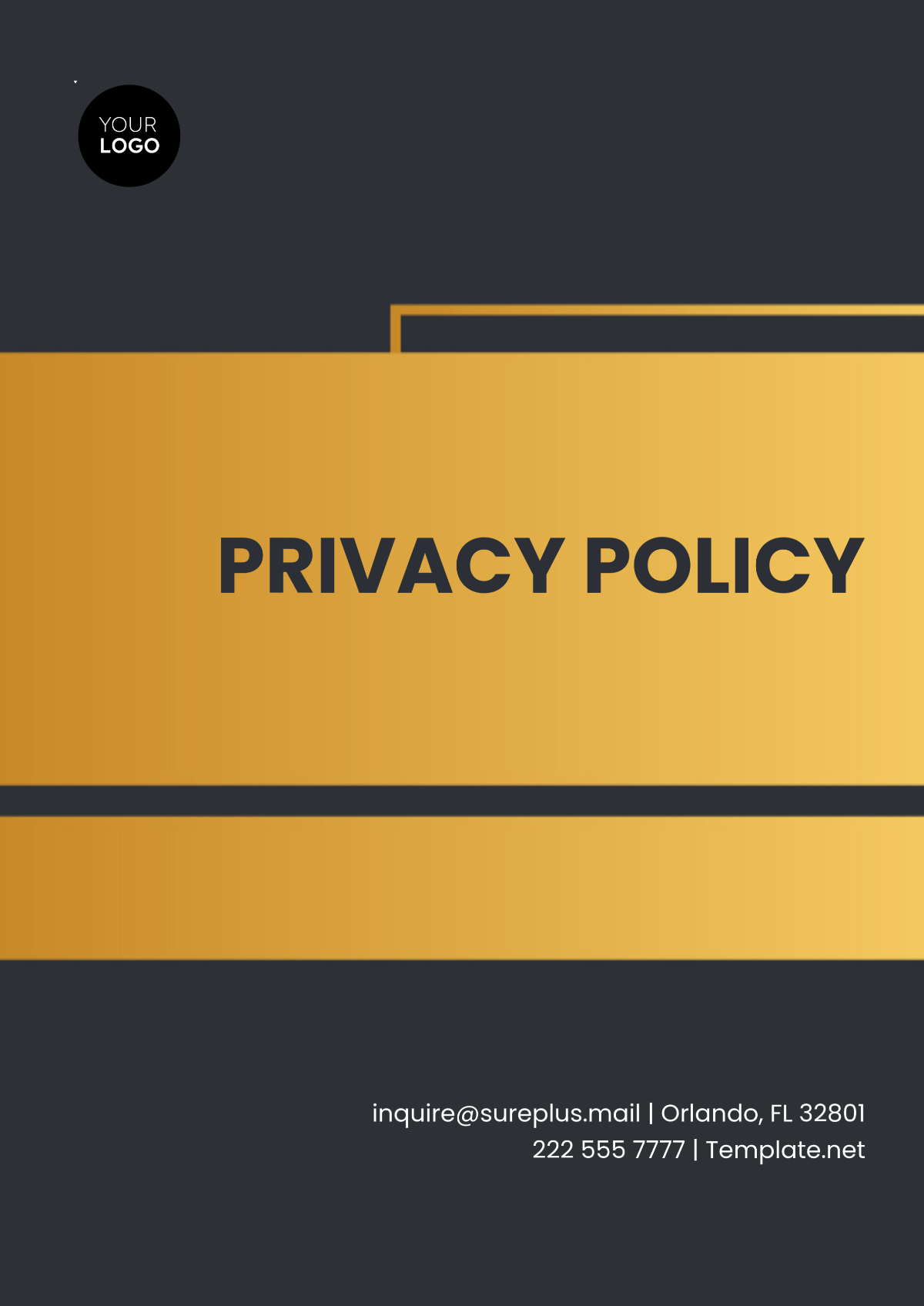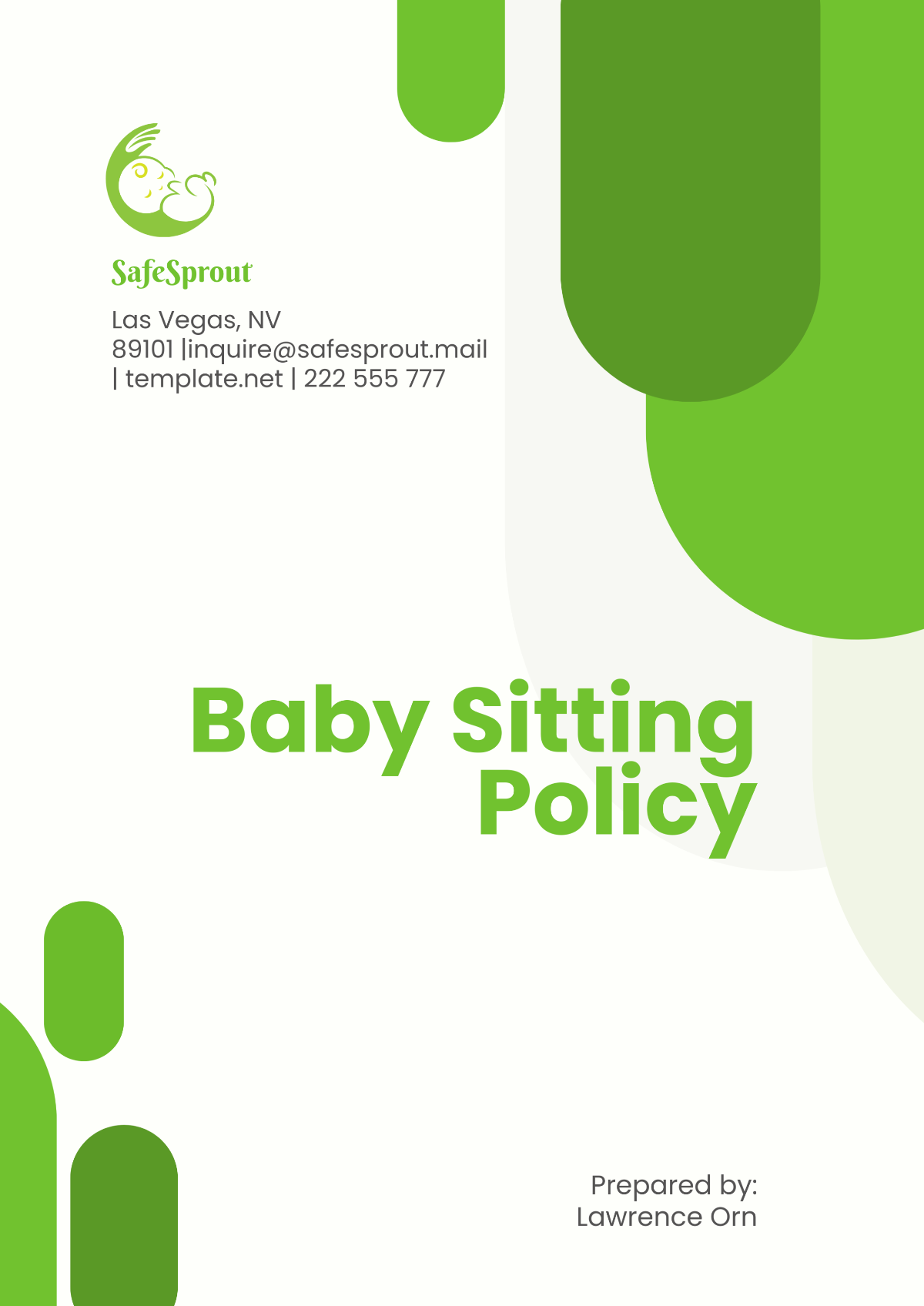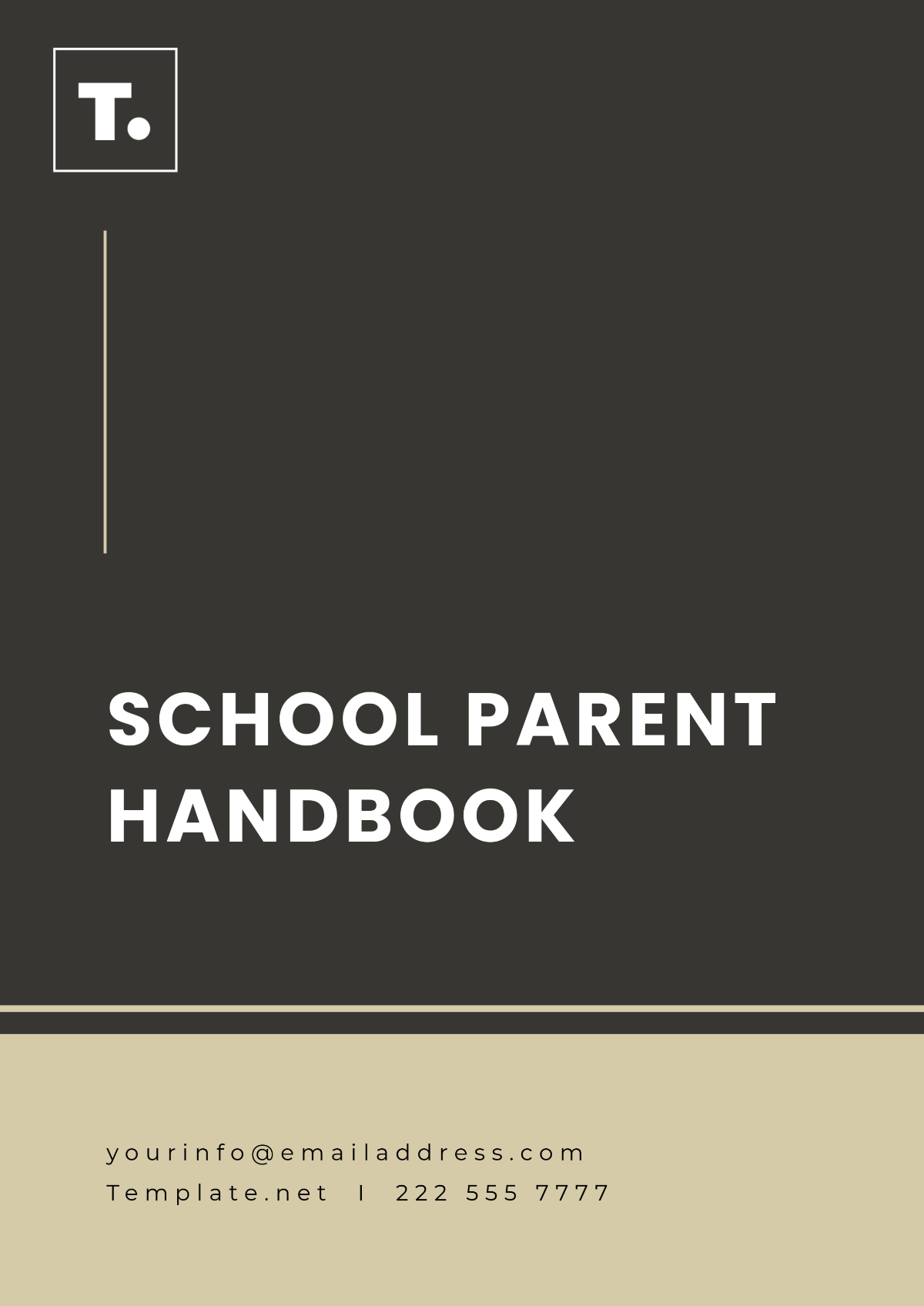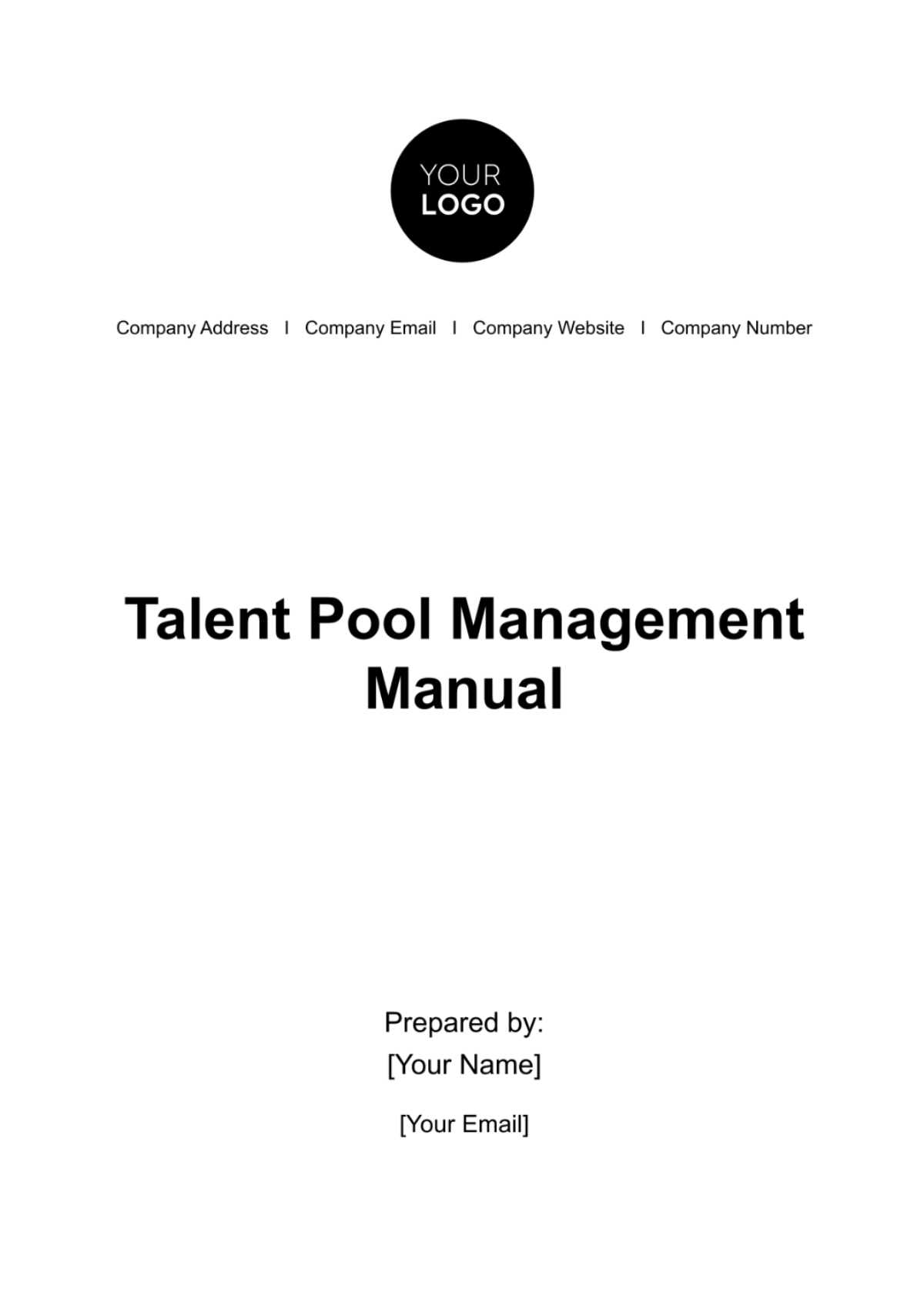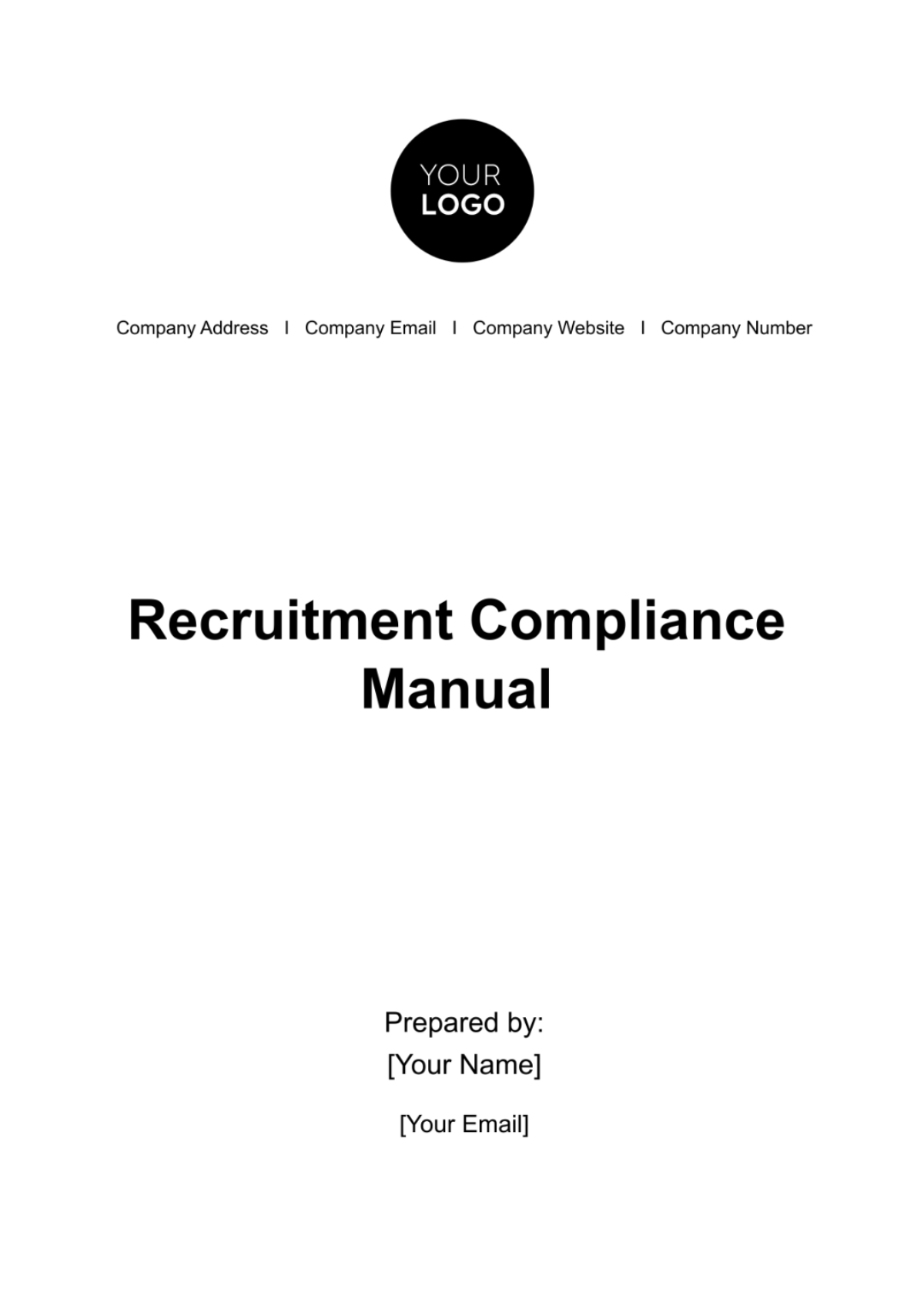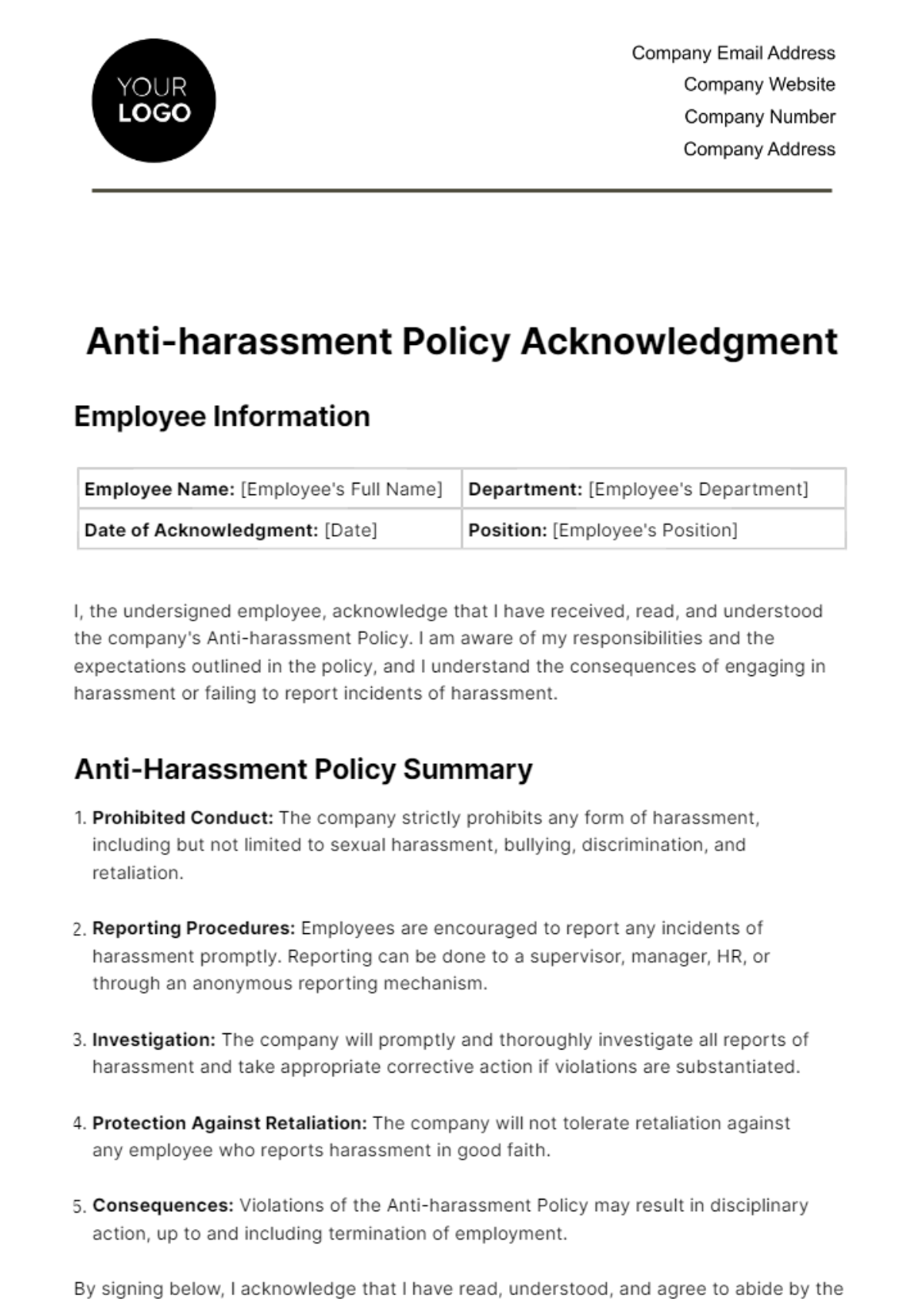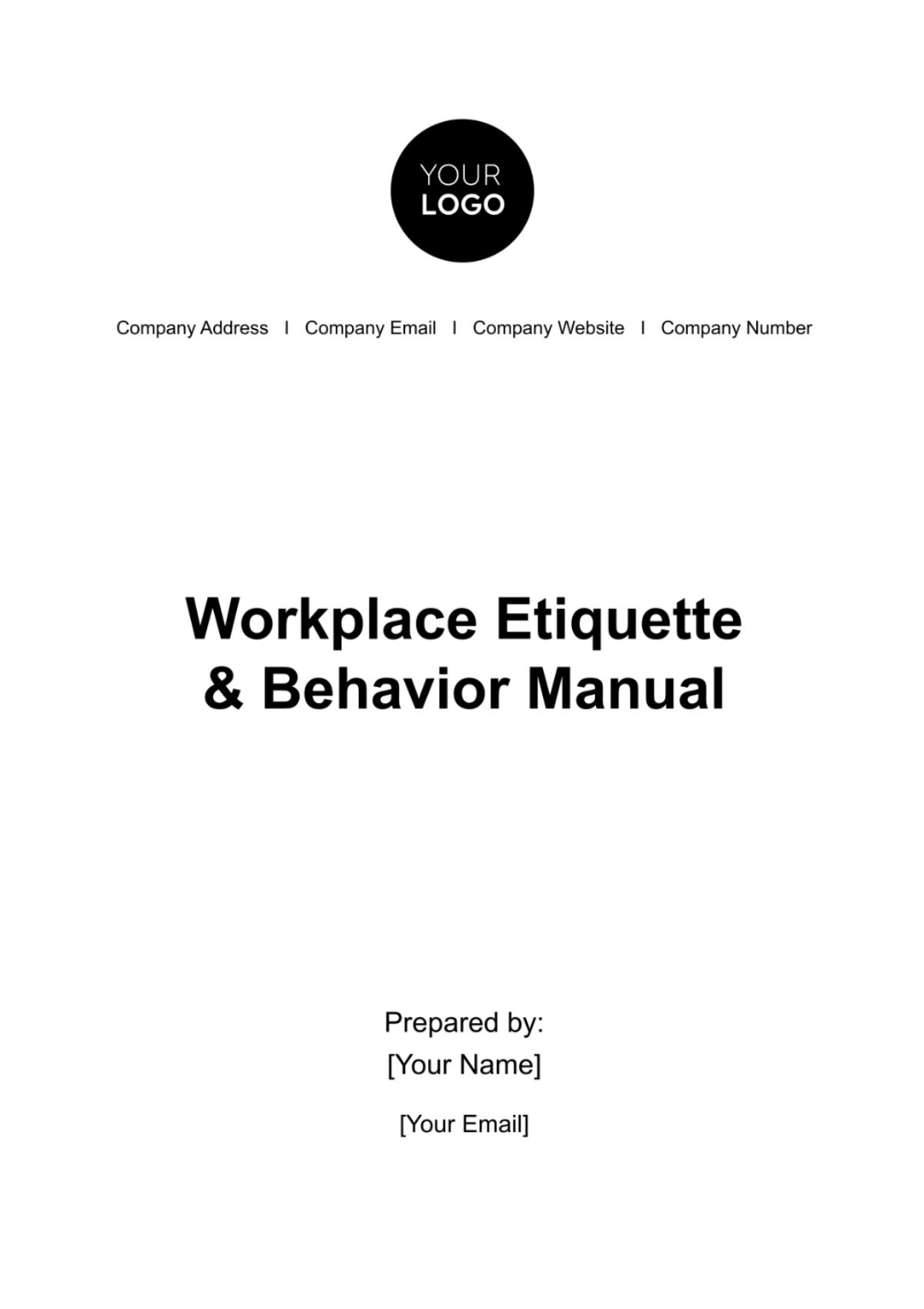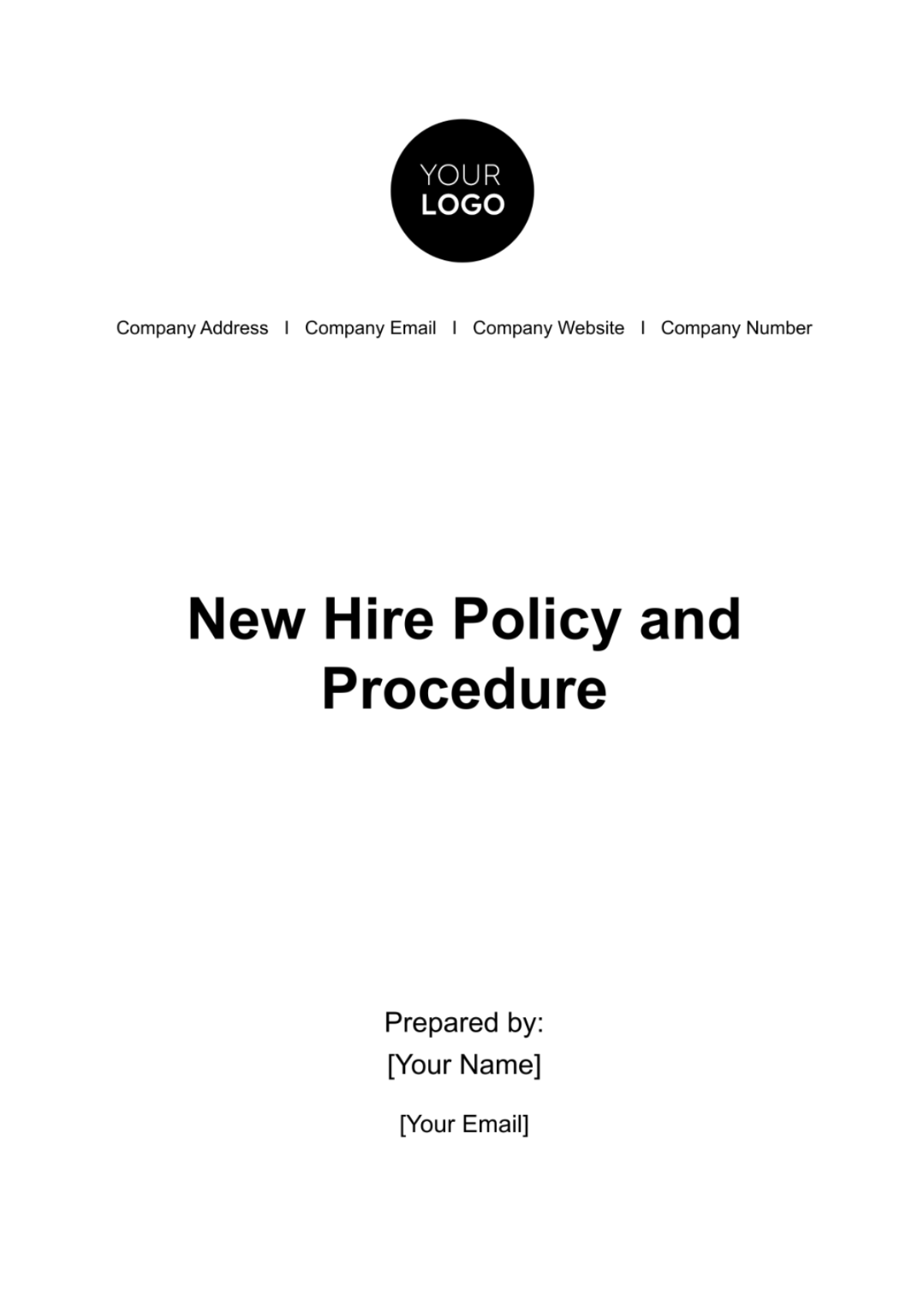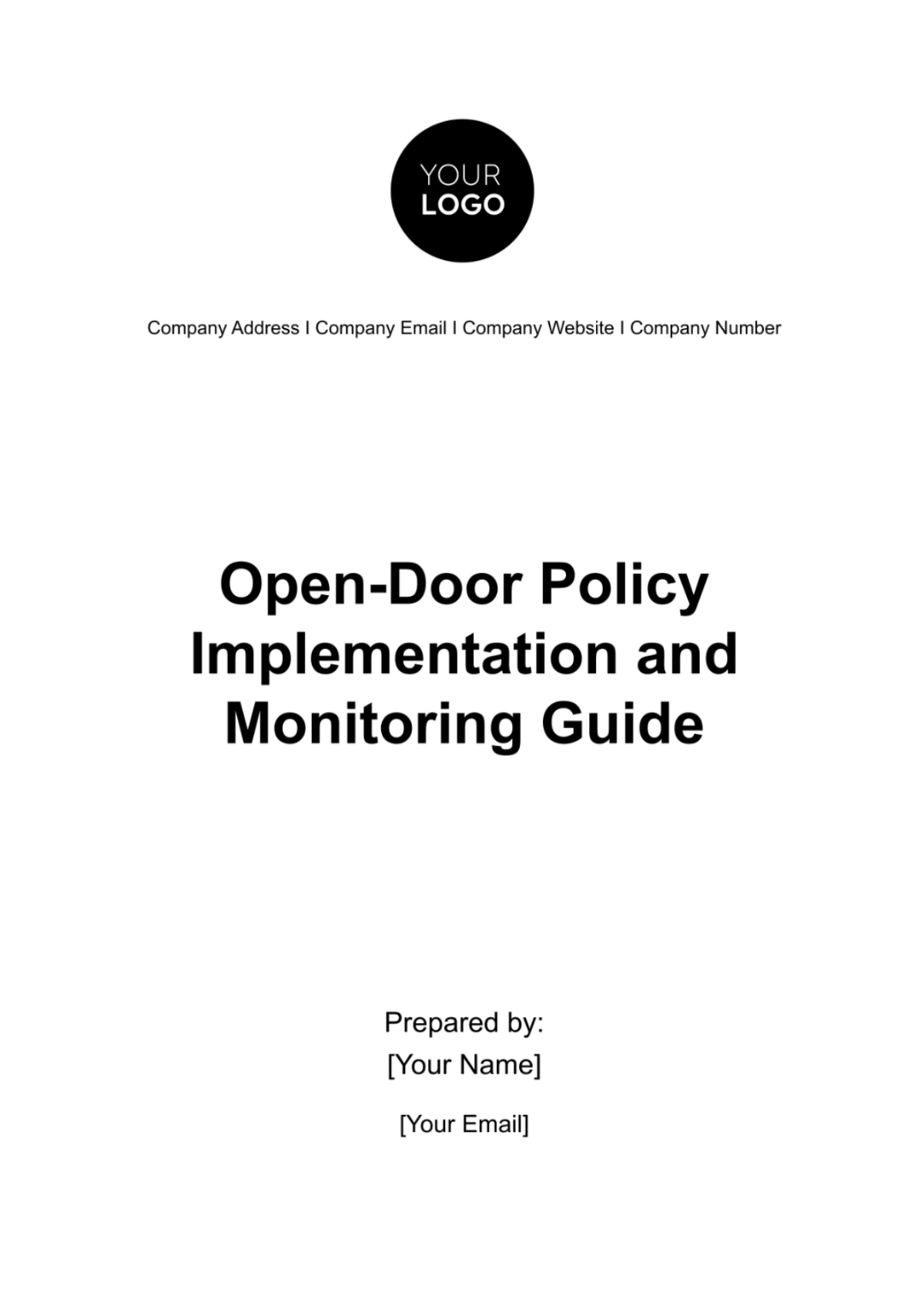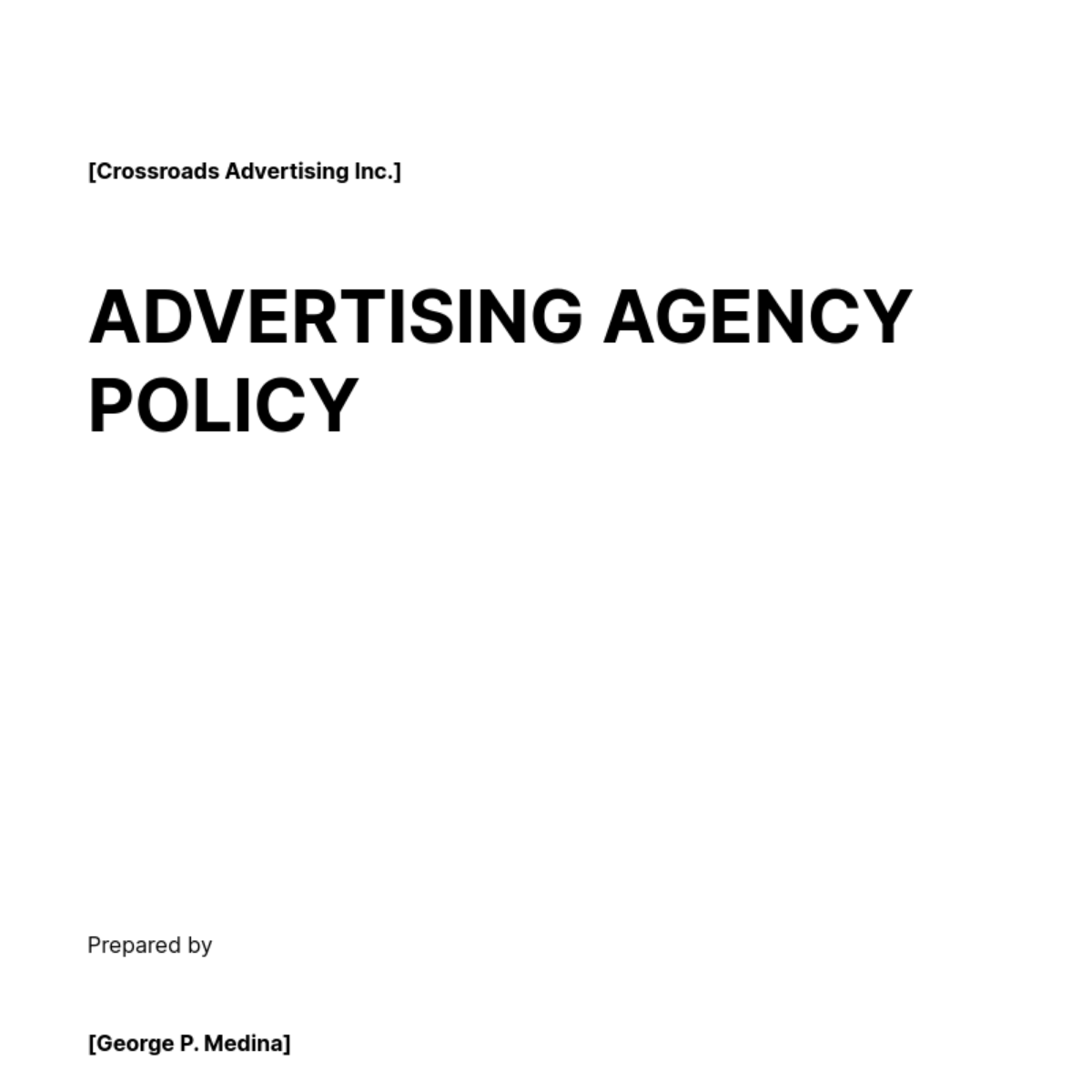Get your Documentation to life with Policy Templates from Template.net
Keep your documentation organized, legally sound, and easily accessible with Policy Templates from Template.net. These templates are perfect for business owners, HR managers, and legal professionals who need to create comprehensive policies without the hassle. Use these templates to set clear company guidelines, promote a sale, or invite stakeholders to an event. Each template includes crucial details like time frames, contact information, and customizable placeholders for easy adaptation. No legal expertise is required to make a Policy; simply click the hyperlink text Policy Maker and start creating. Thanks to professional-grade designs, you save time and money while ensuring that your documents are not only functional but also visually appealing. Leverage customizable layouts for digital distribution across multiple platforms, ensuring your policies are always up-to-date and readily available.
Discover the many Policy Templates we have on hand, designed to cater to every business need. Selecting a template is the first step, followed by seamlessly swapping in your assets, and tweaking colors and fonts to match your company's branding. With the ability to drag and drop icons, add animated effects, and access AI-powered text tools, your policy documents can be as dynamic as they are clear. The possibilities are endless, and all of this can be achieved without any special skills. Plus, with regularly updated templates and new designs added weekly, you’ll always have fresh options. When you’re finished, download or share via link, print, email, or export. You can even publish directly to social media, making it ideal for multiple channels and collaboration in real time.
